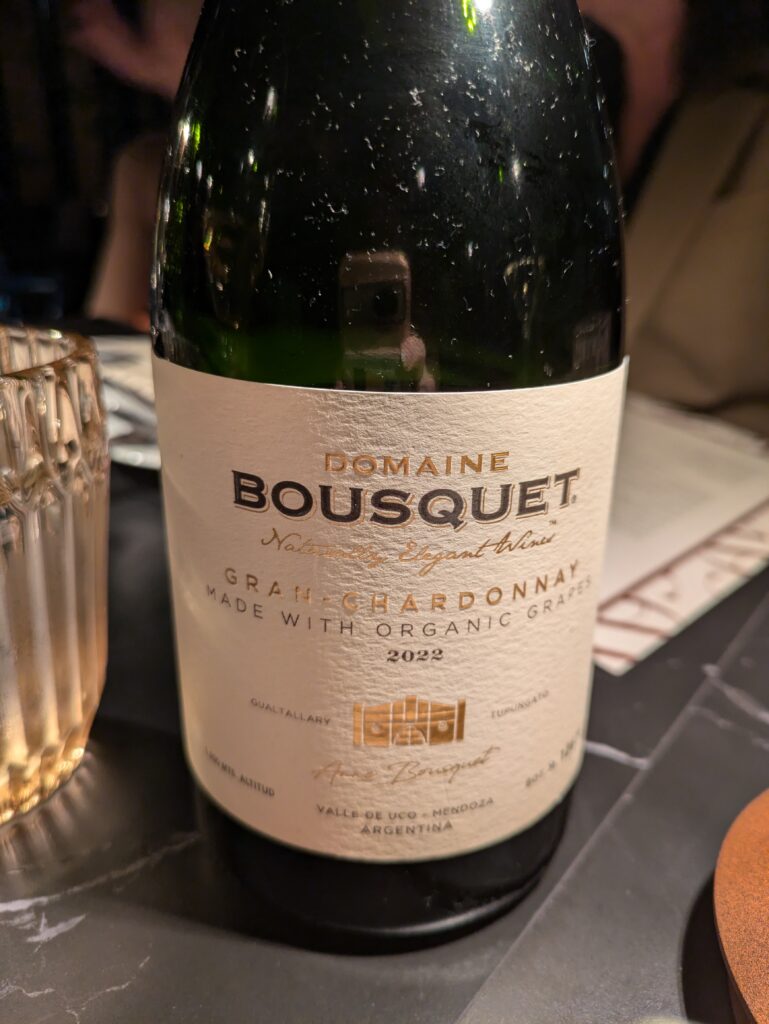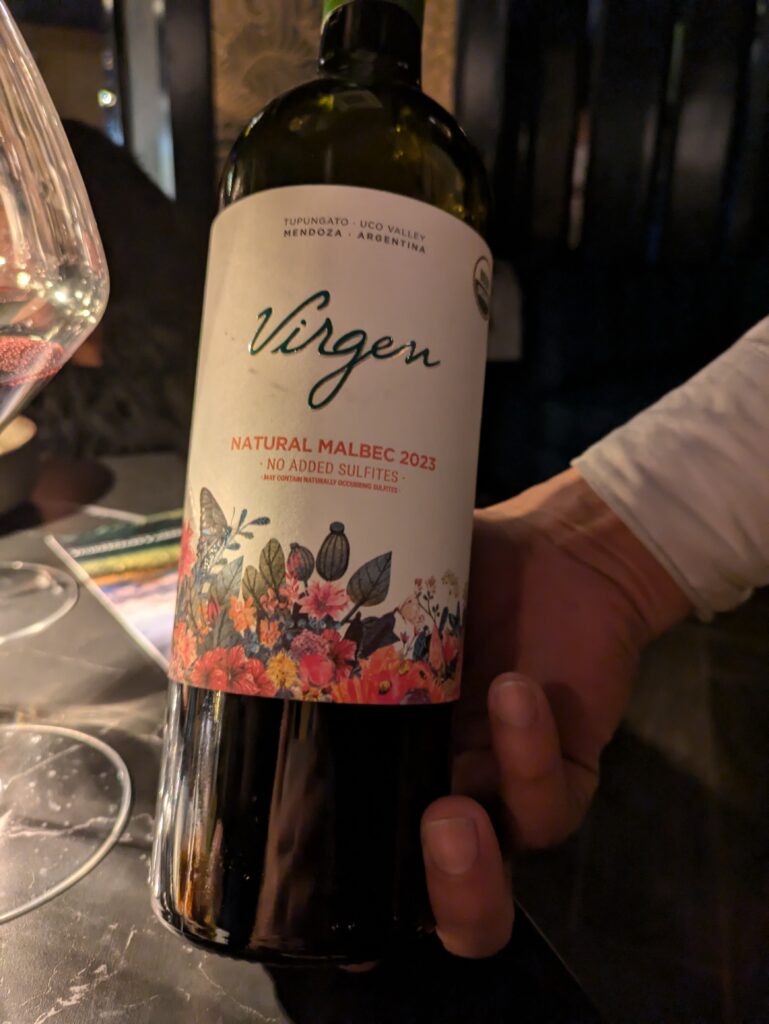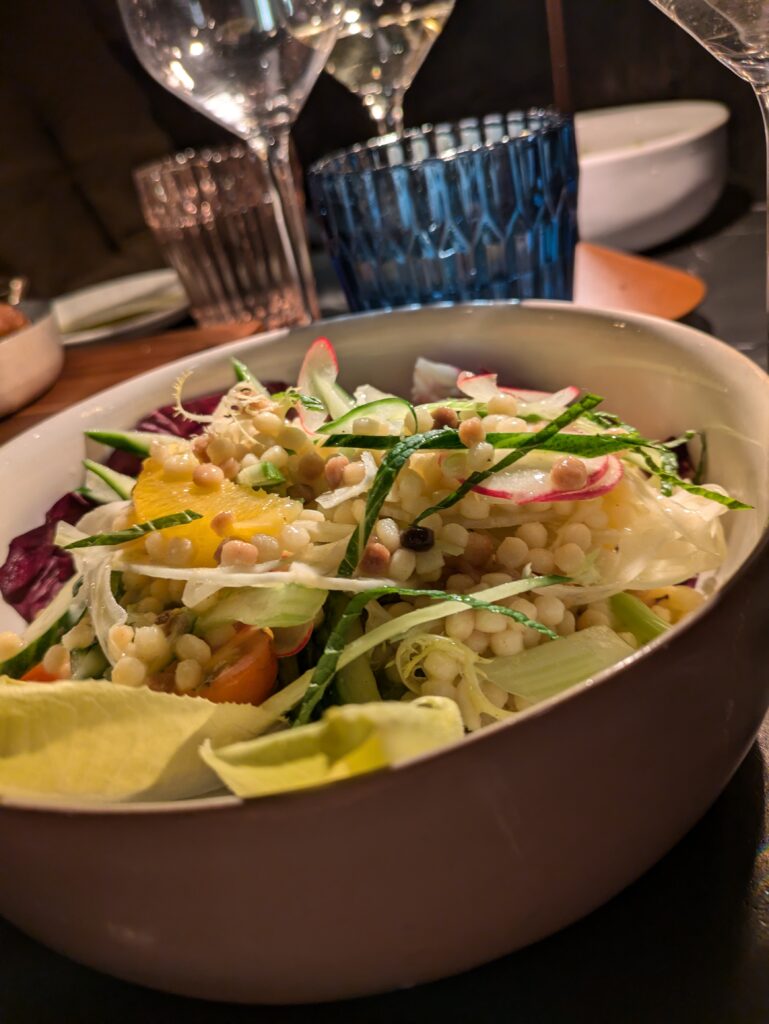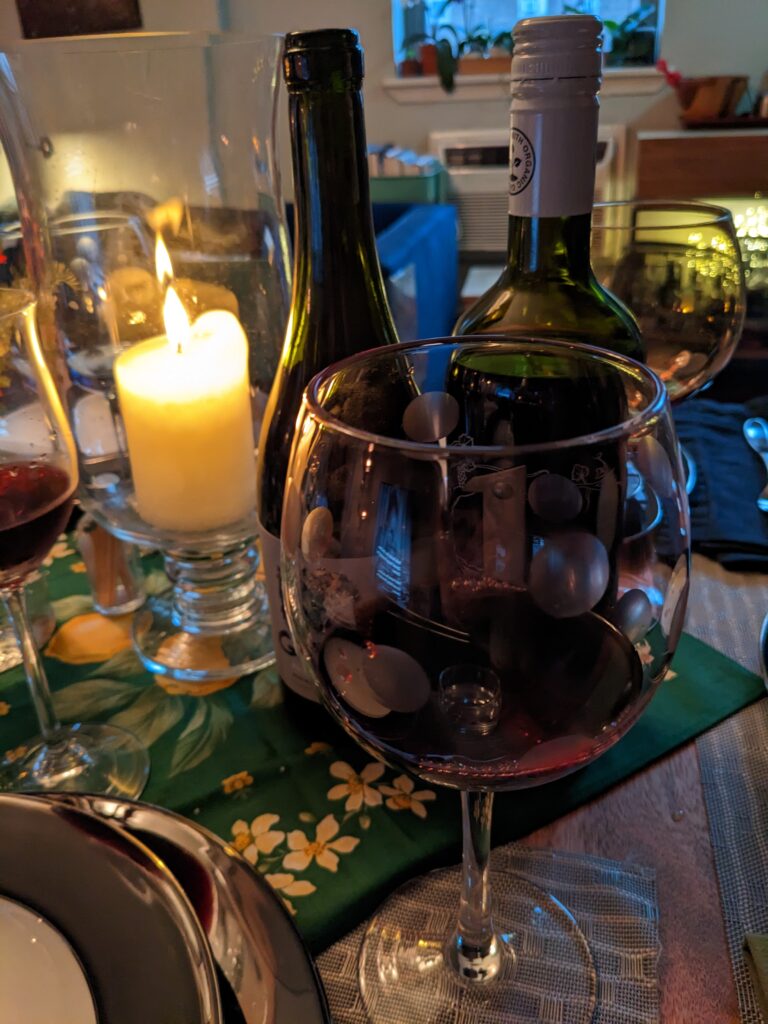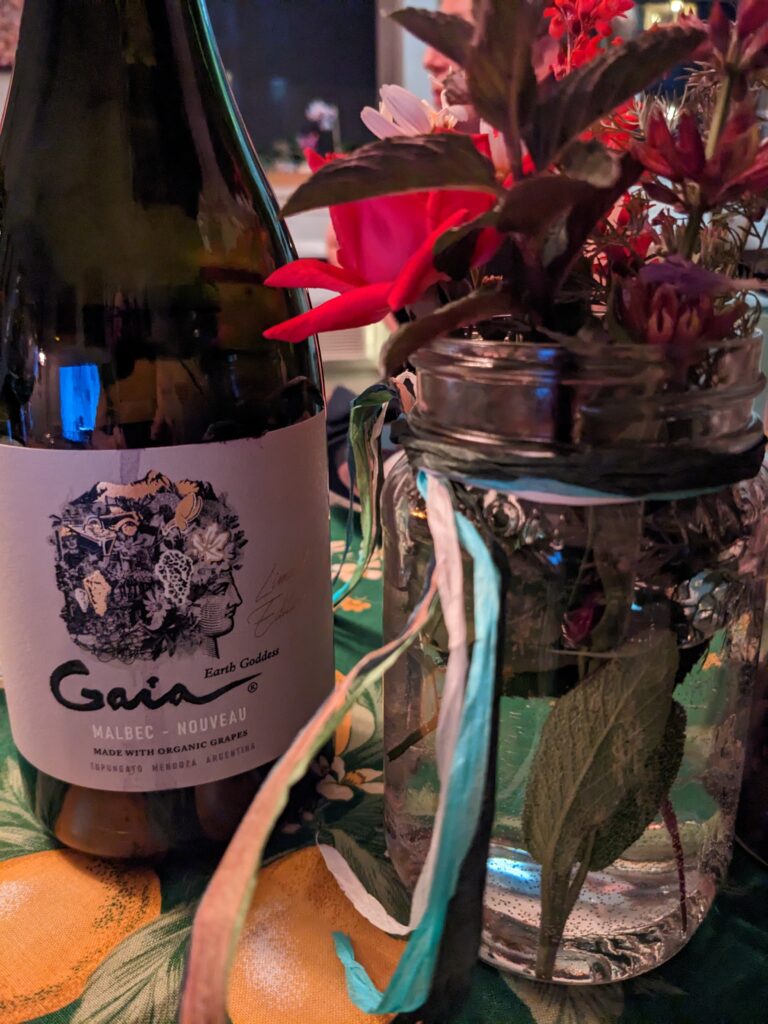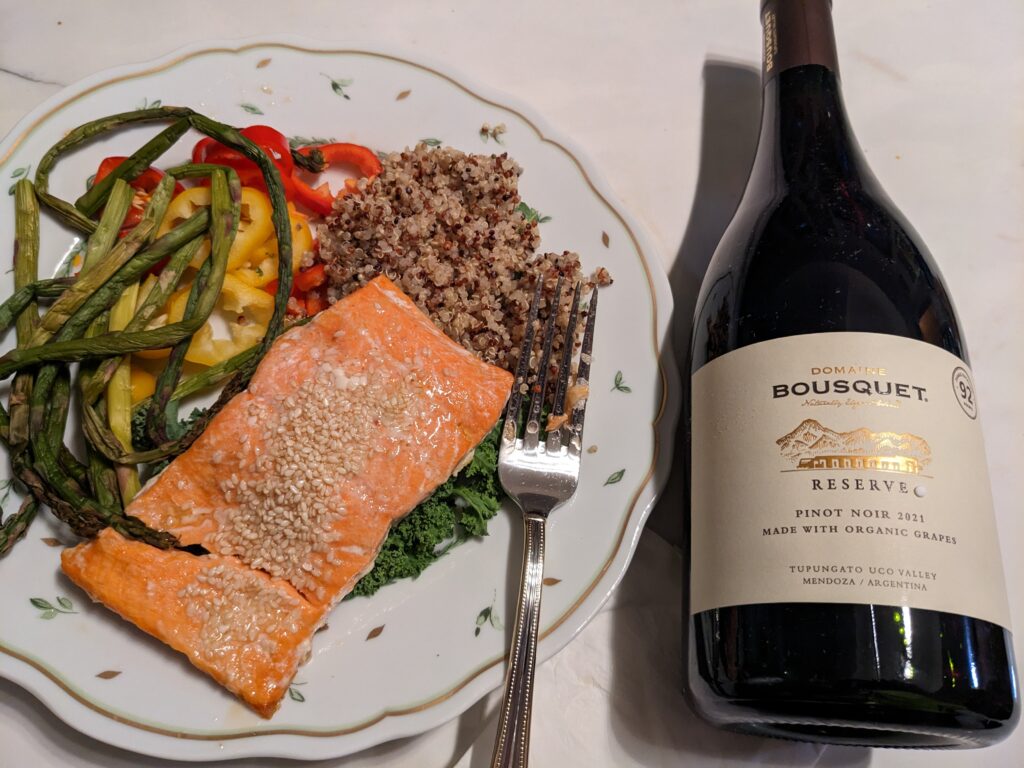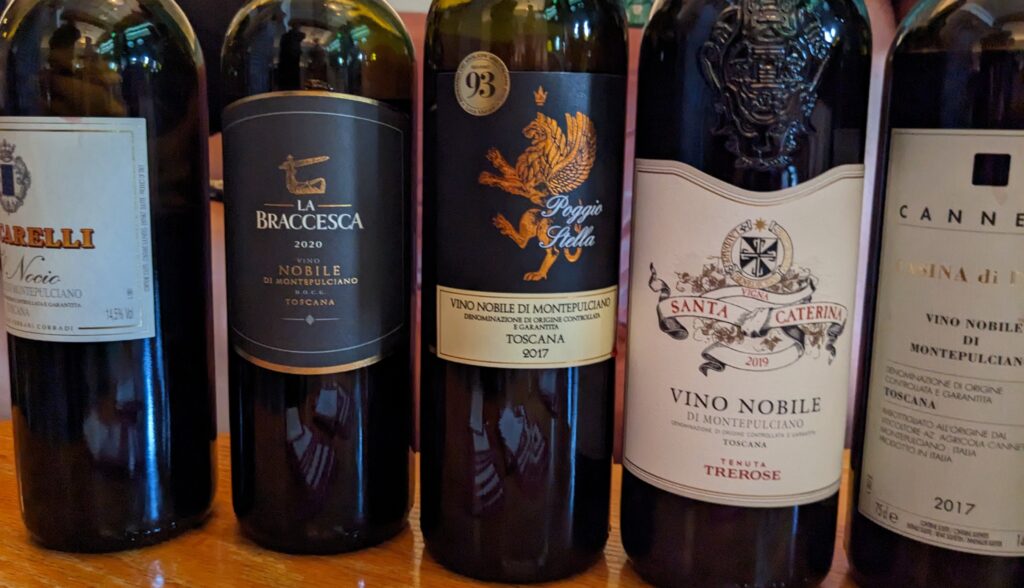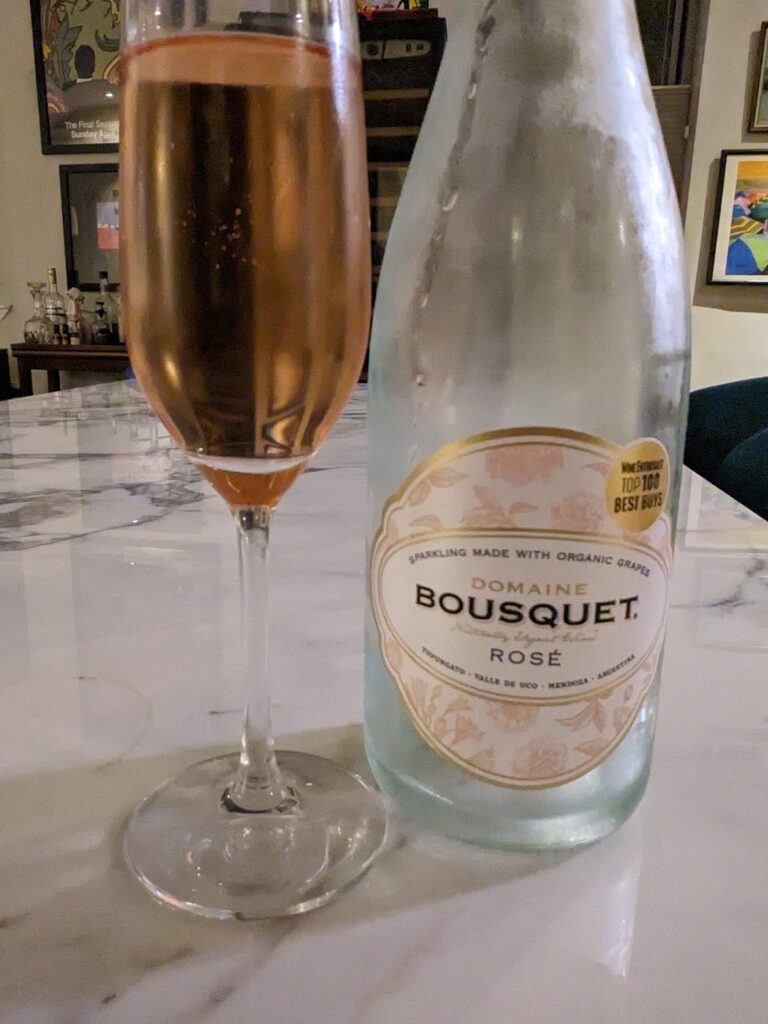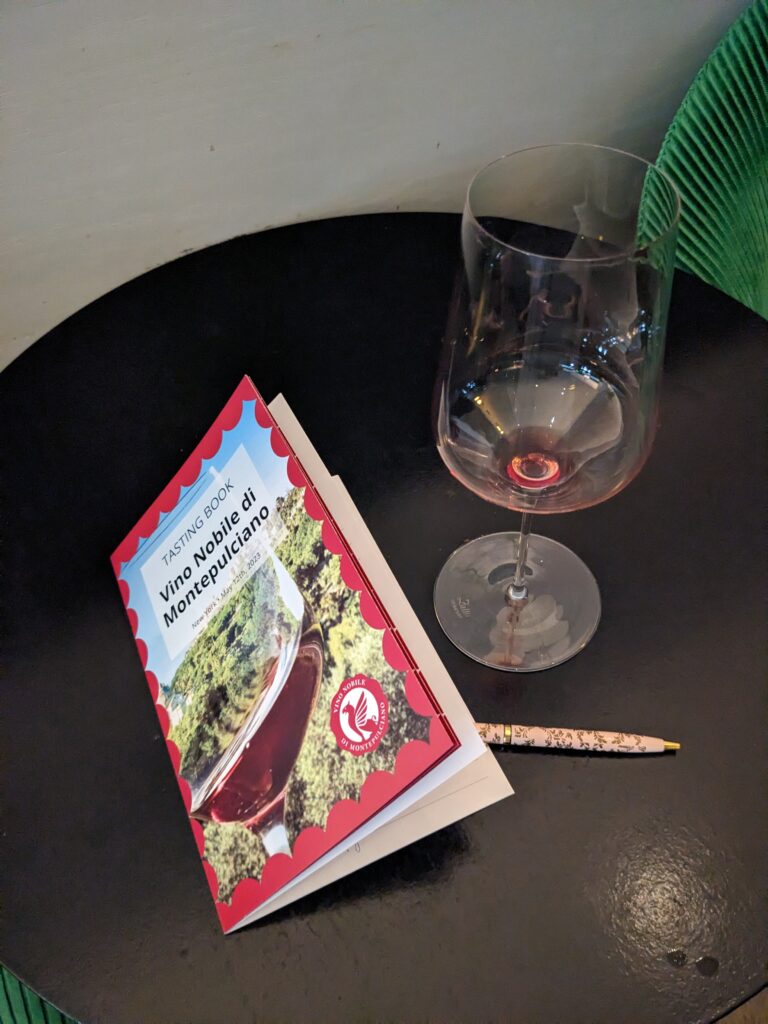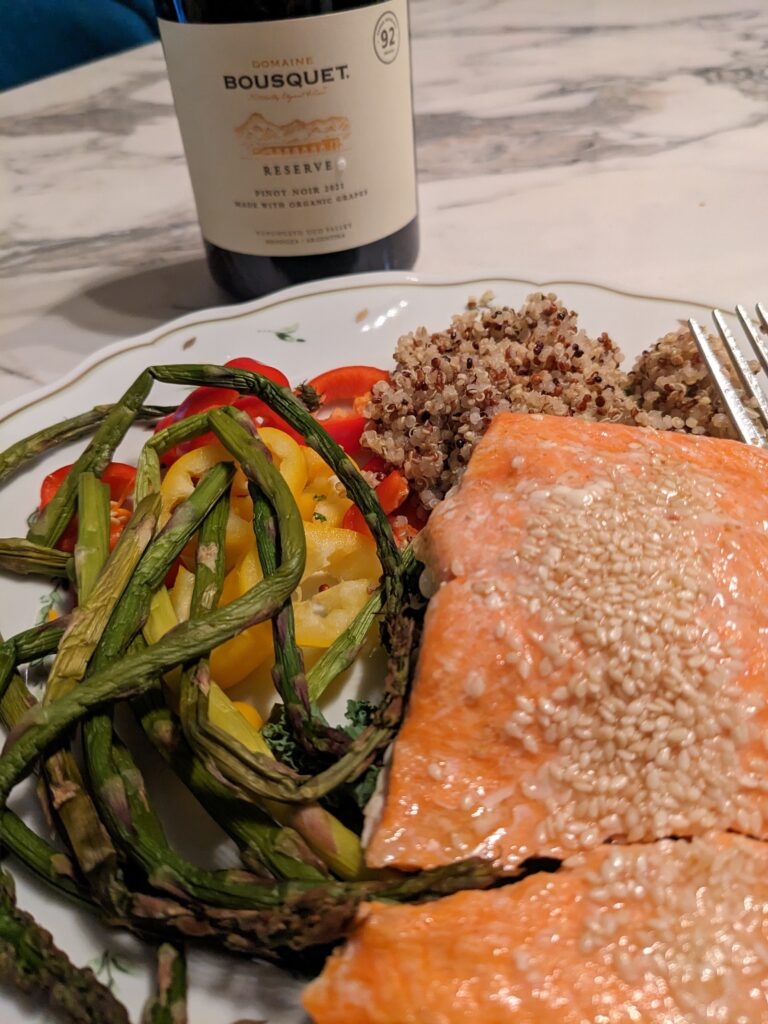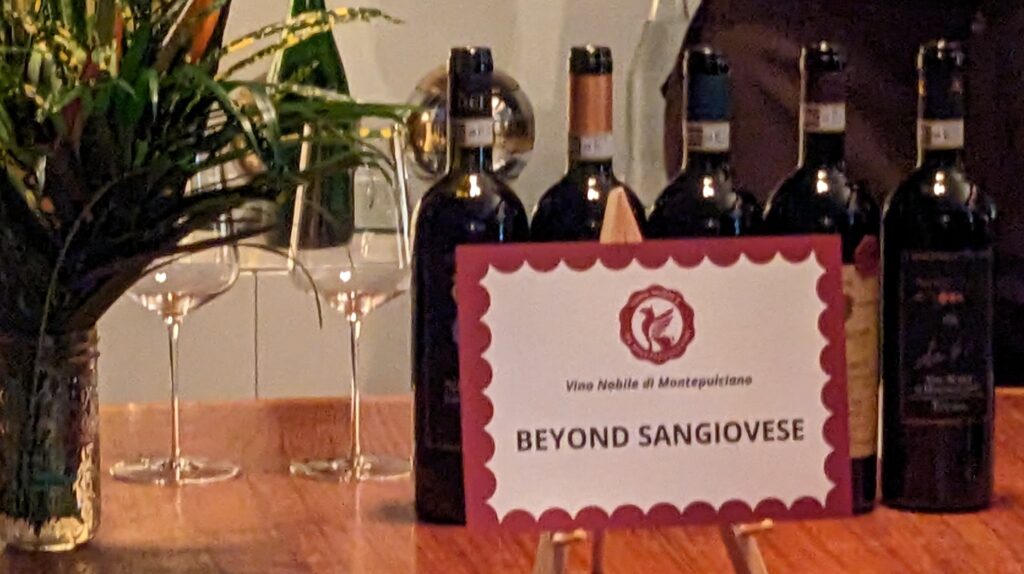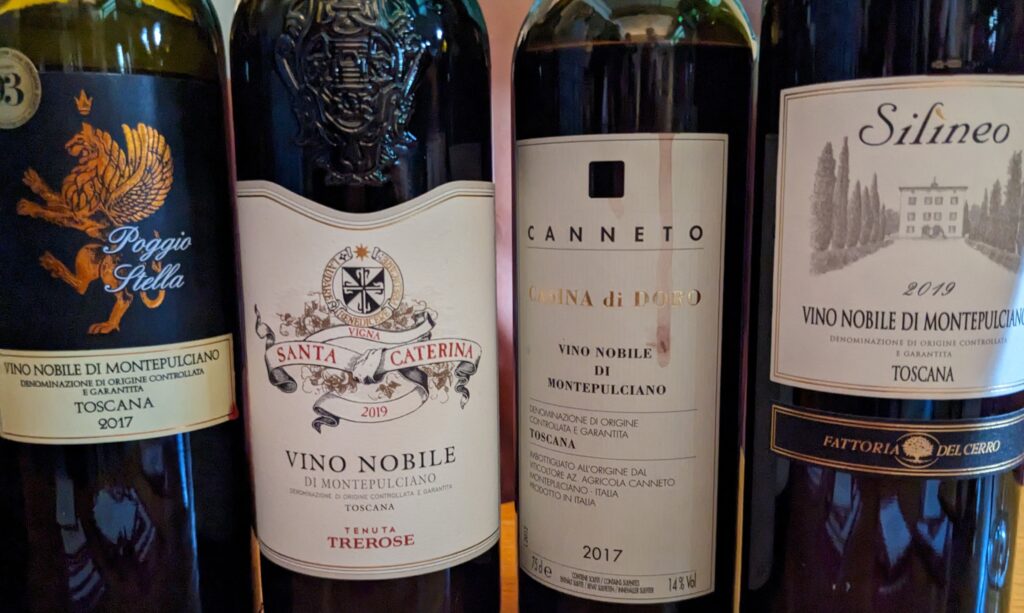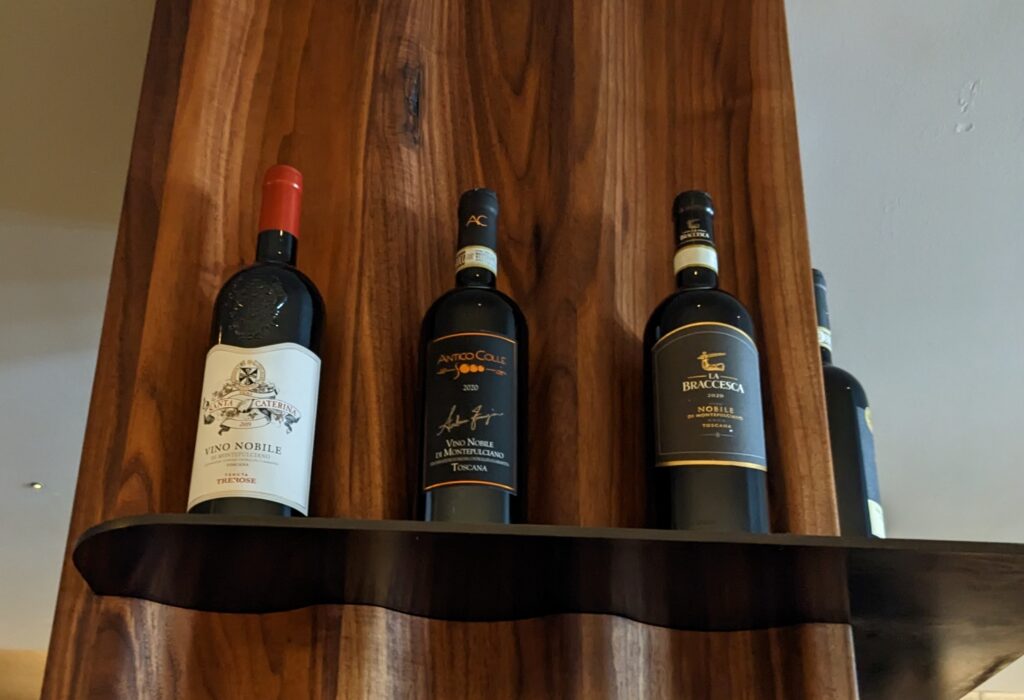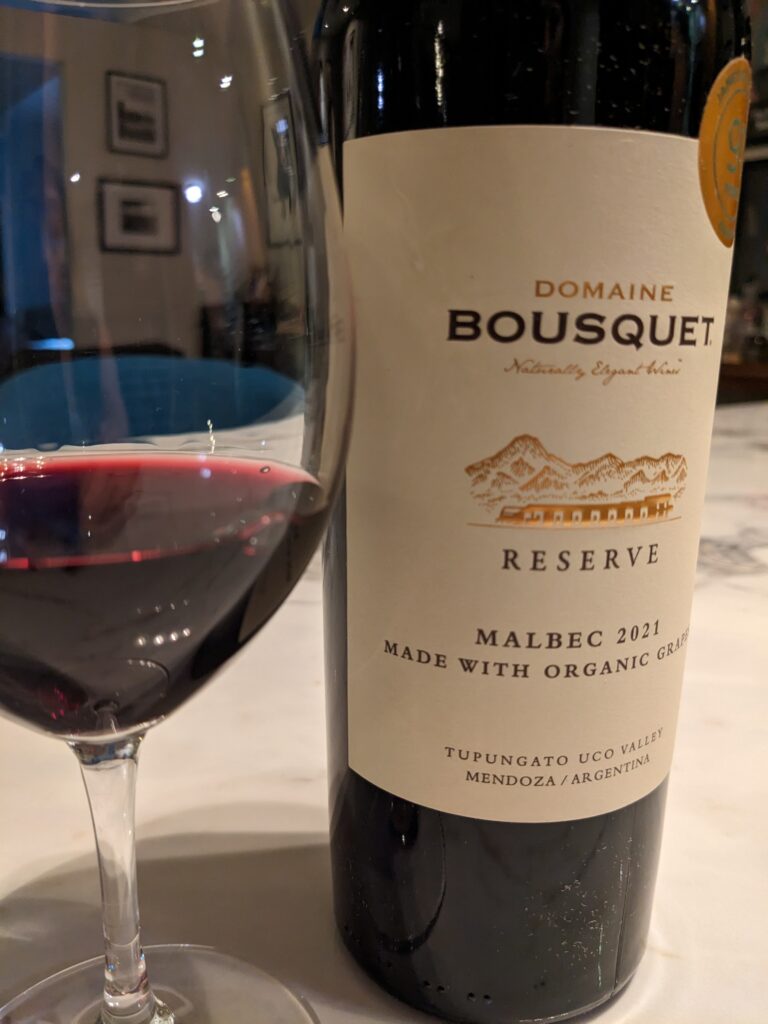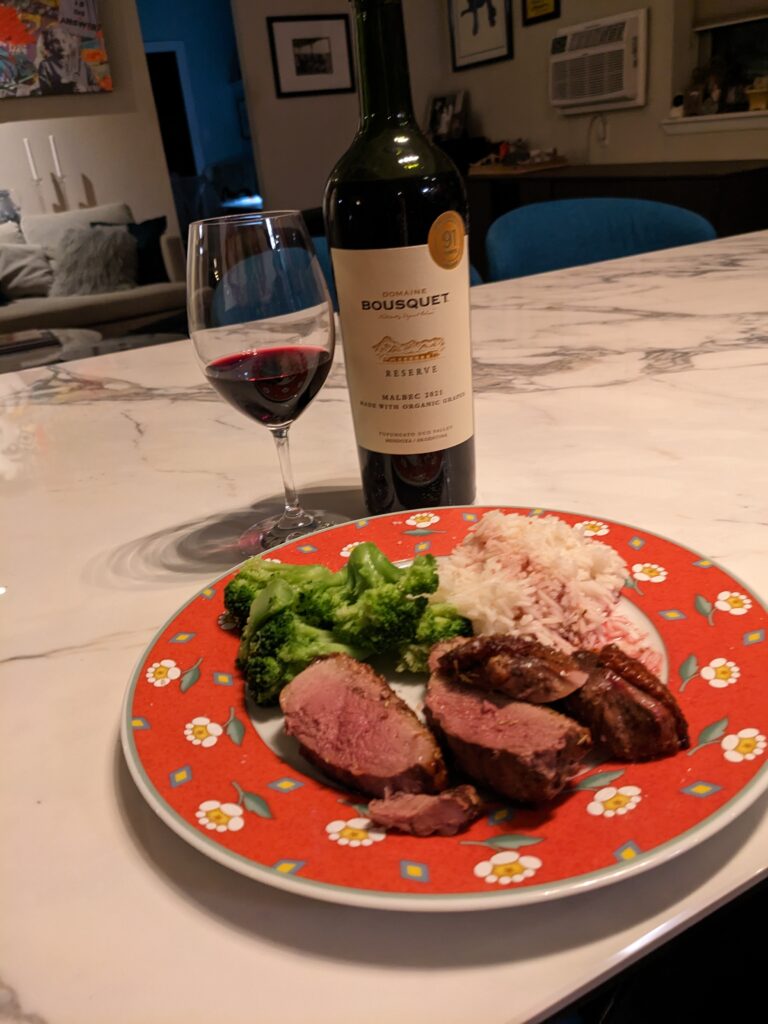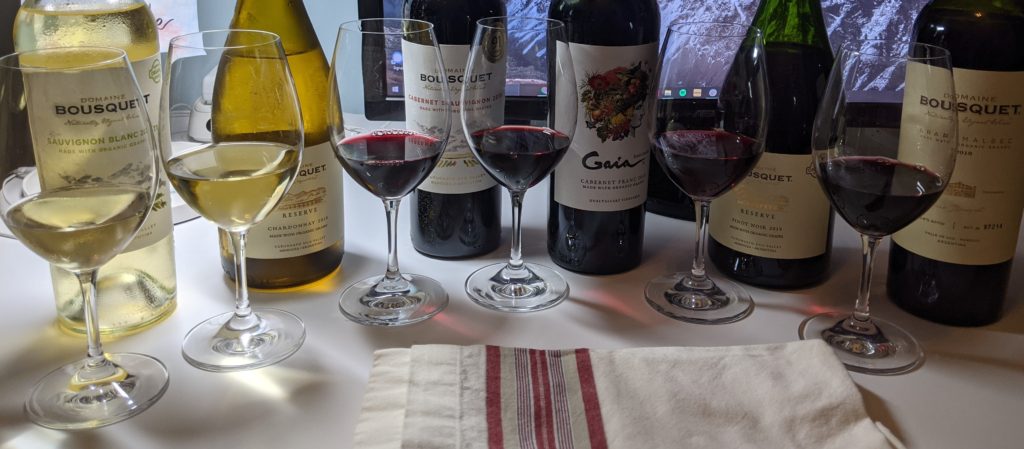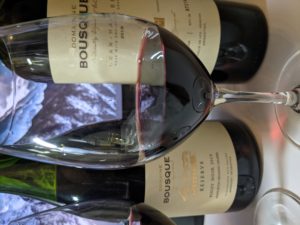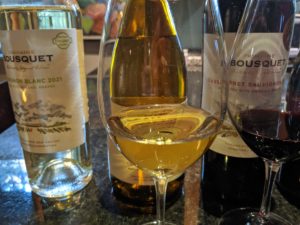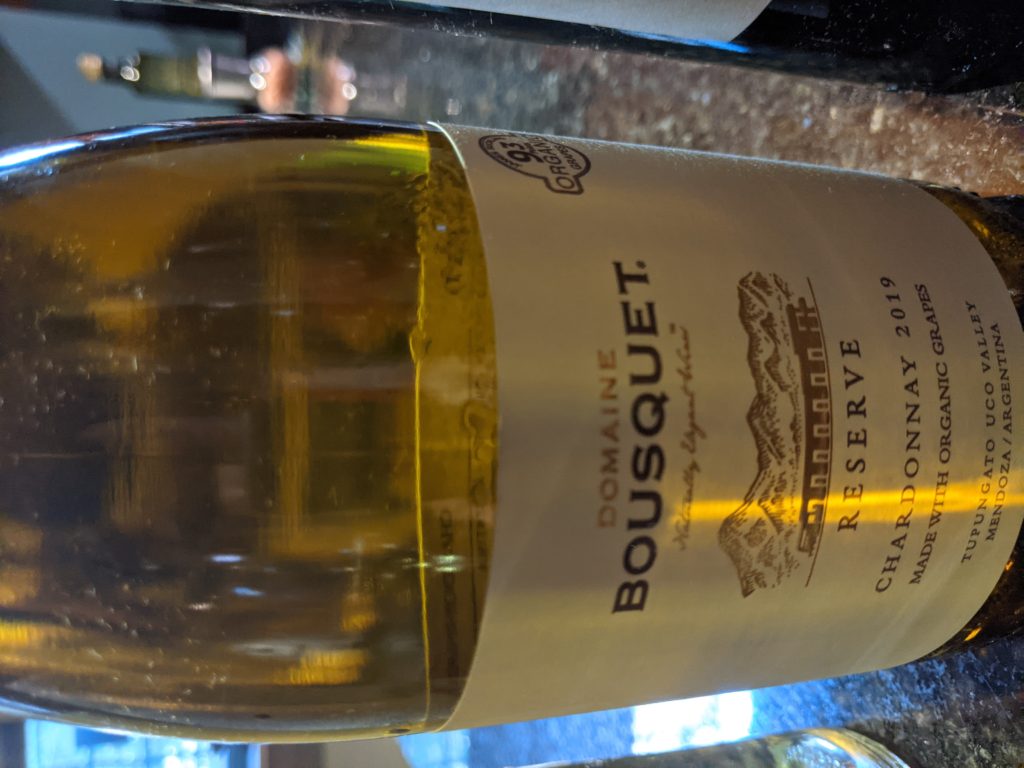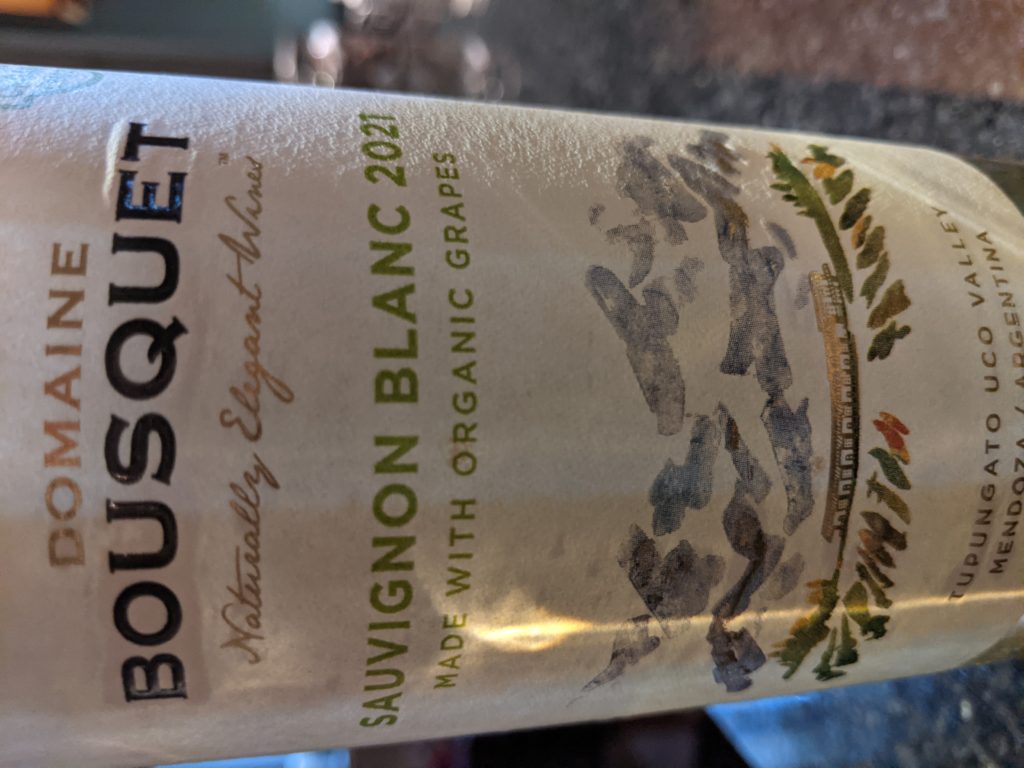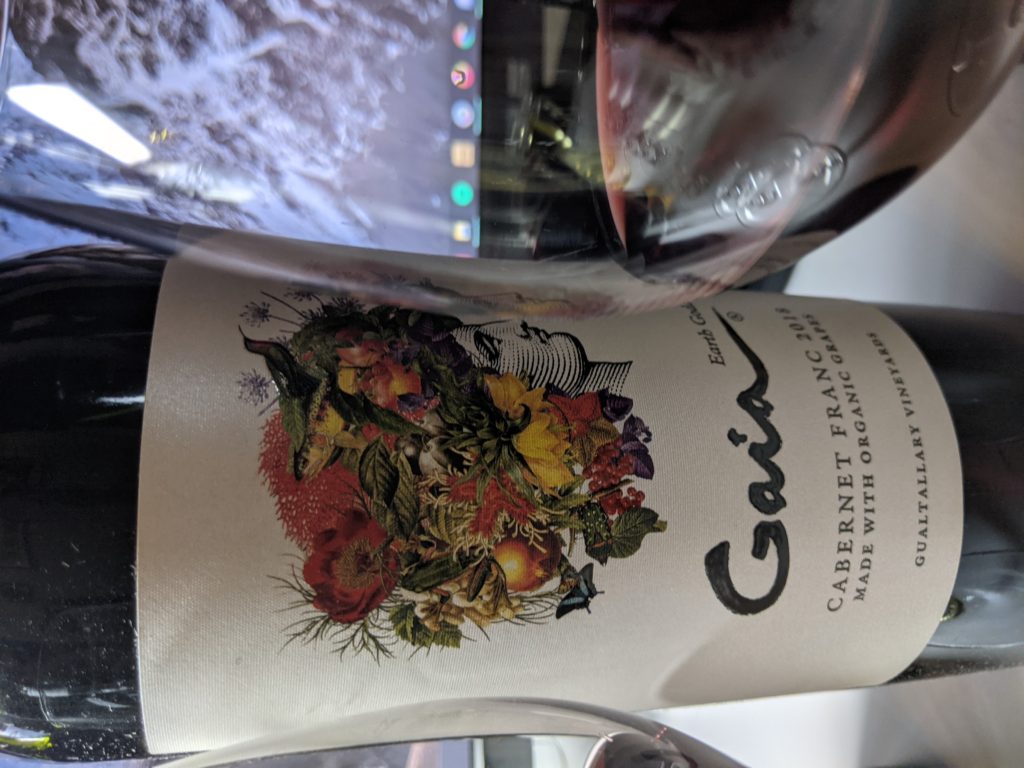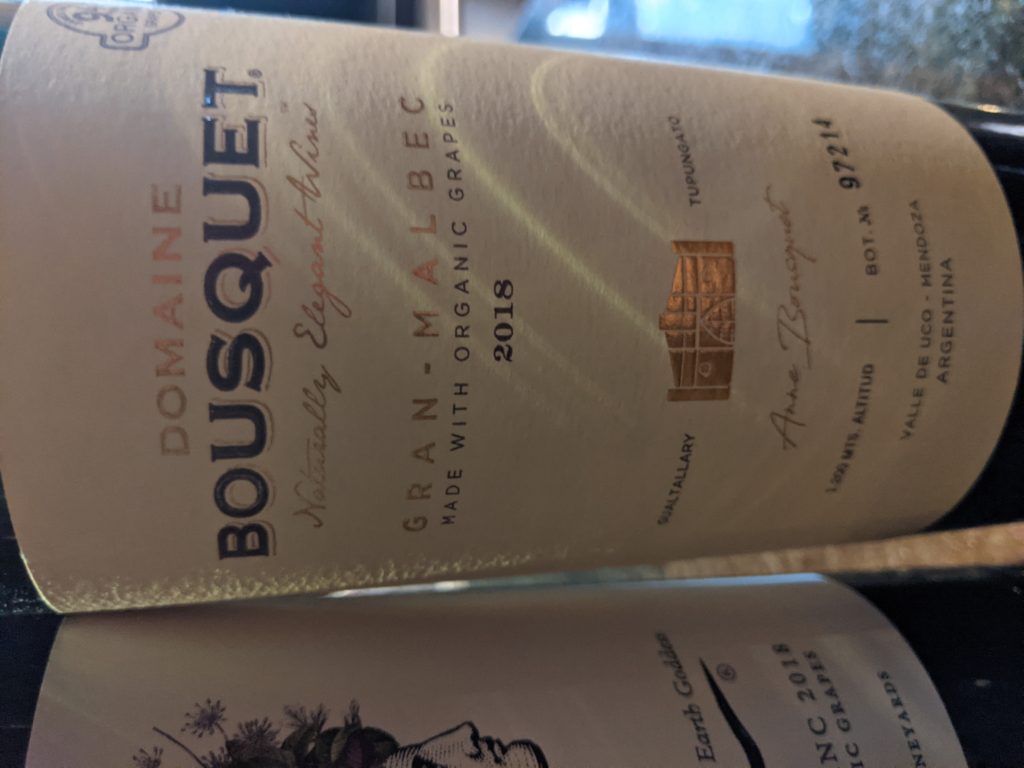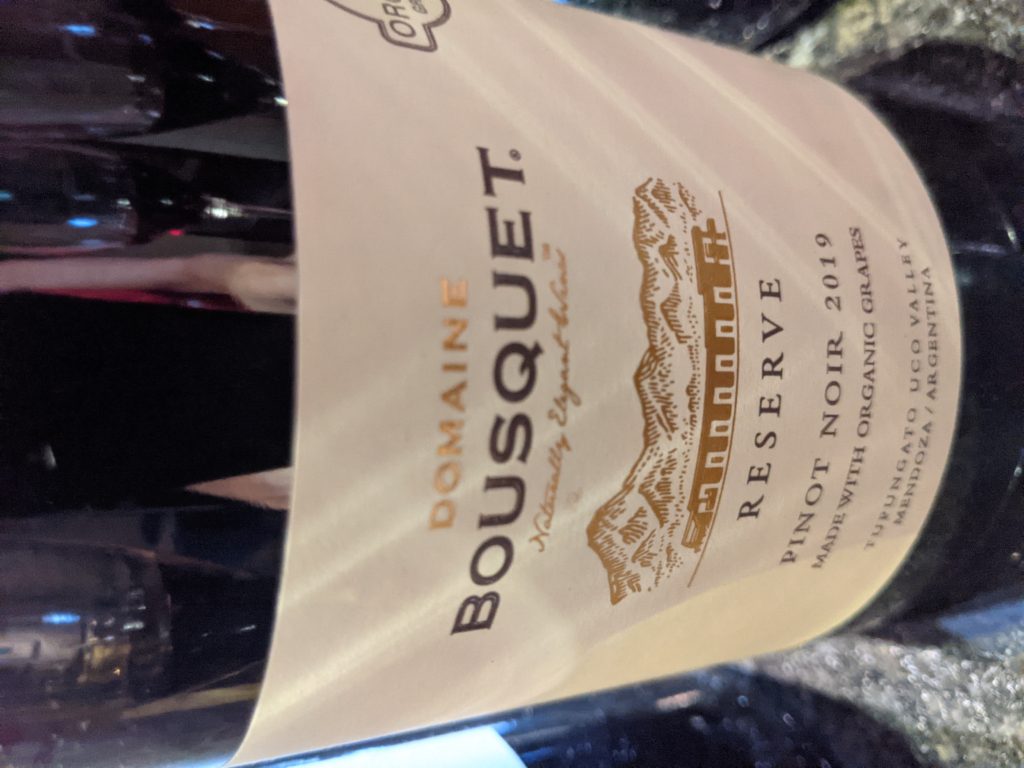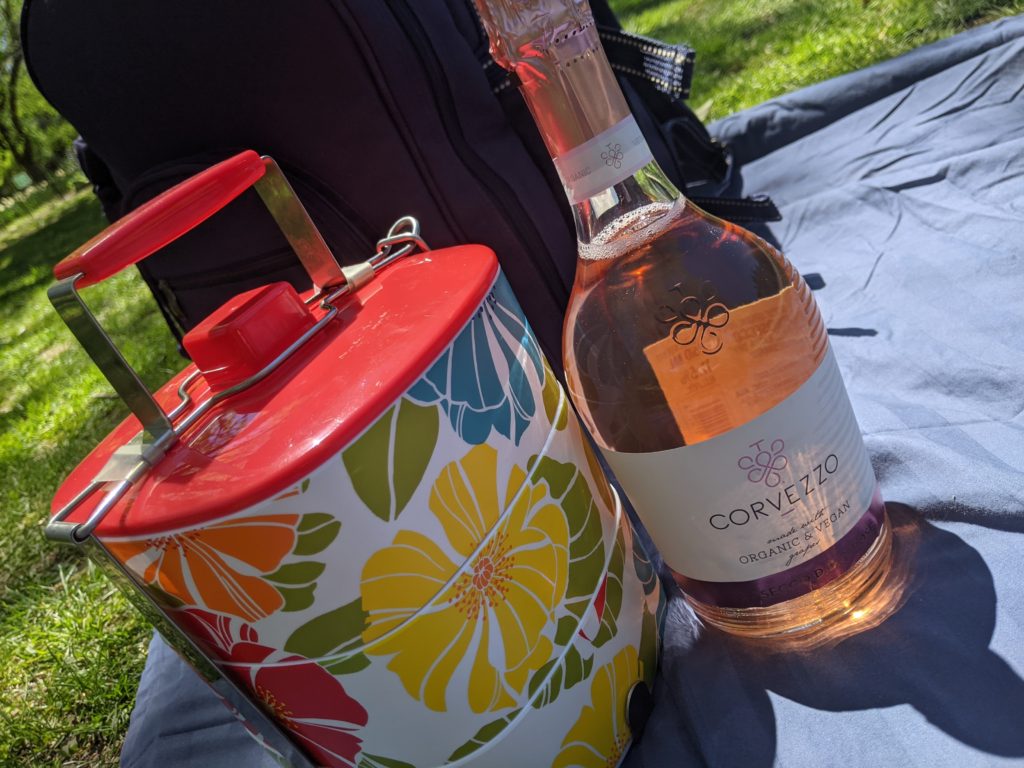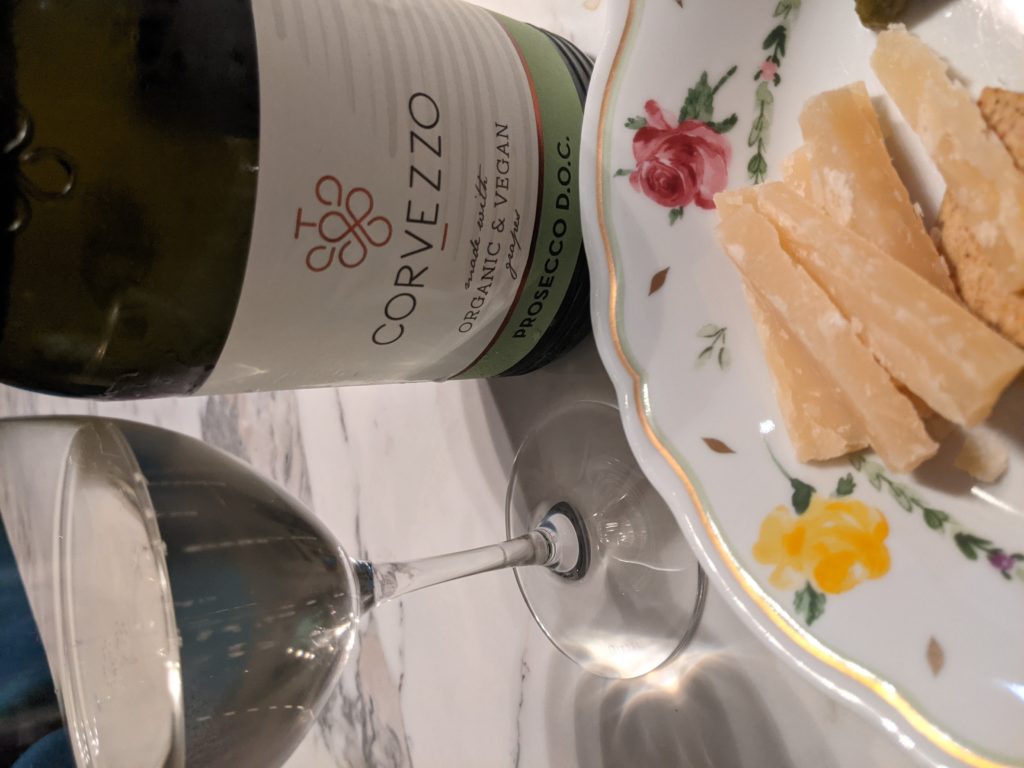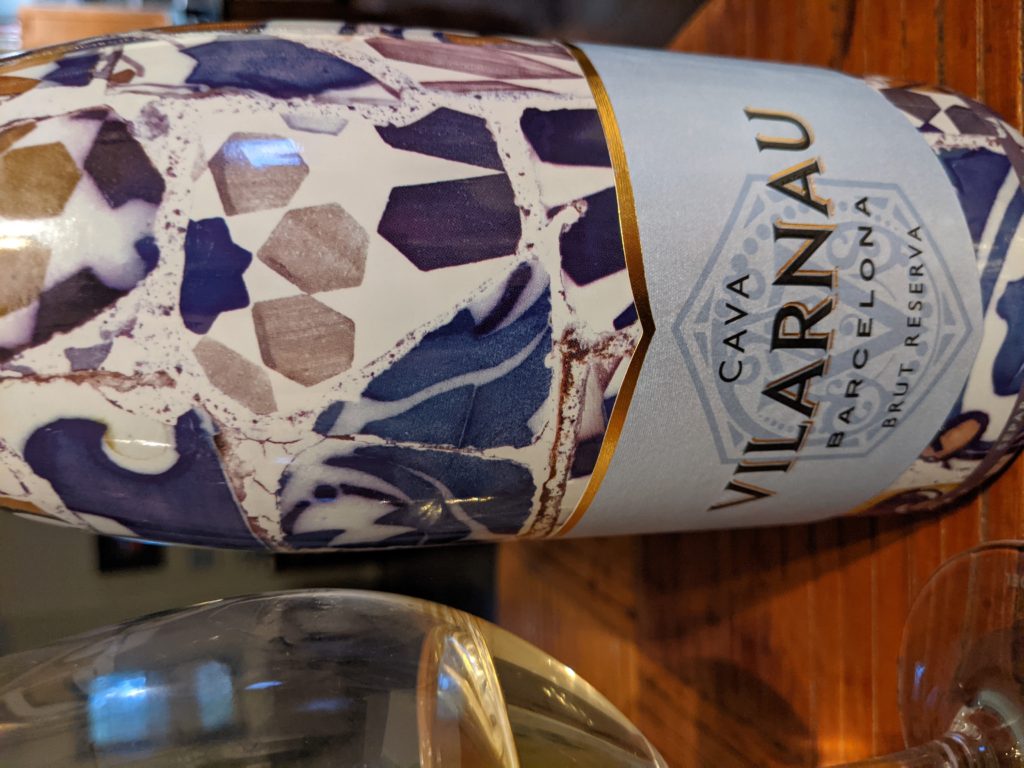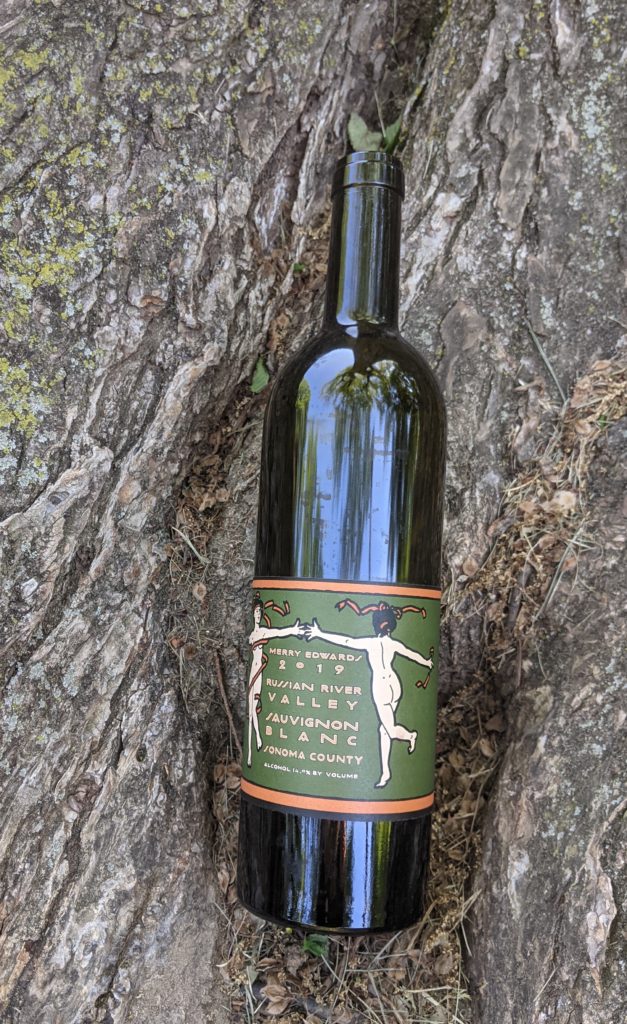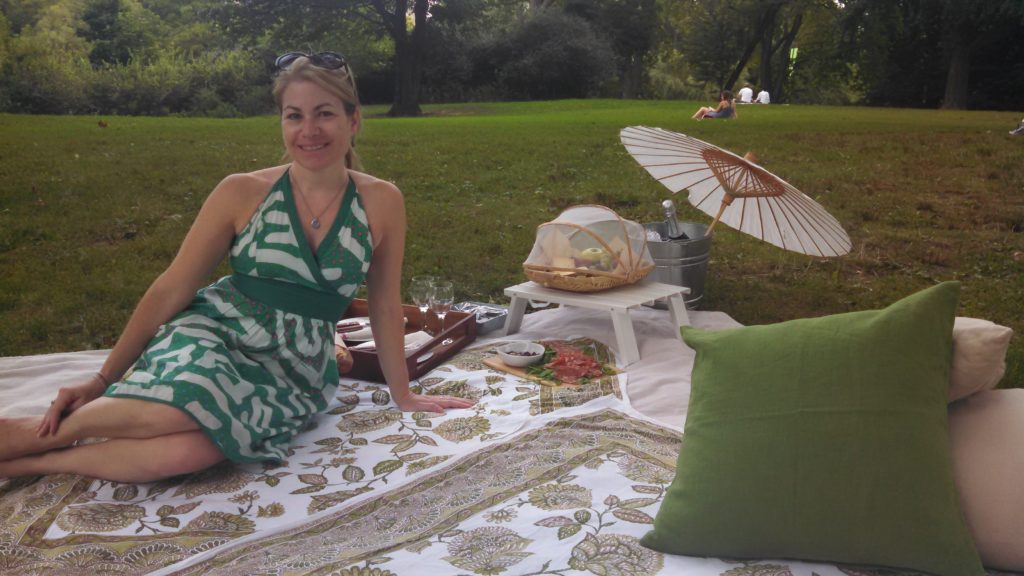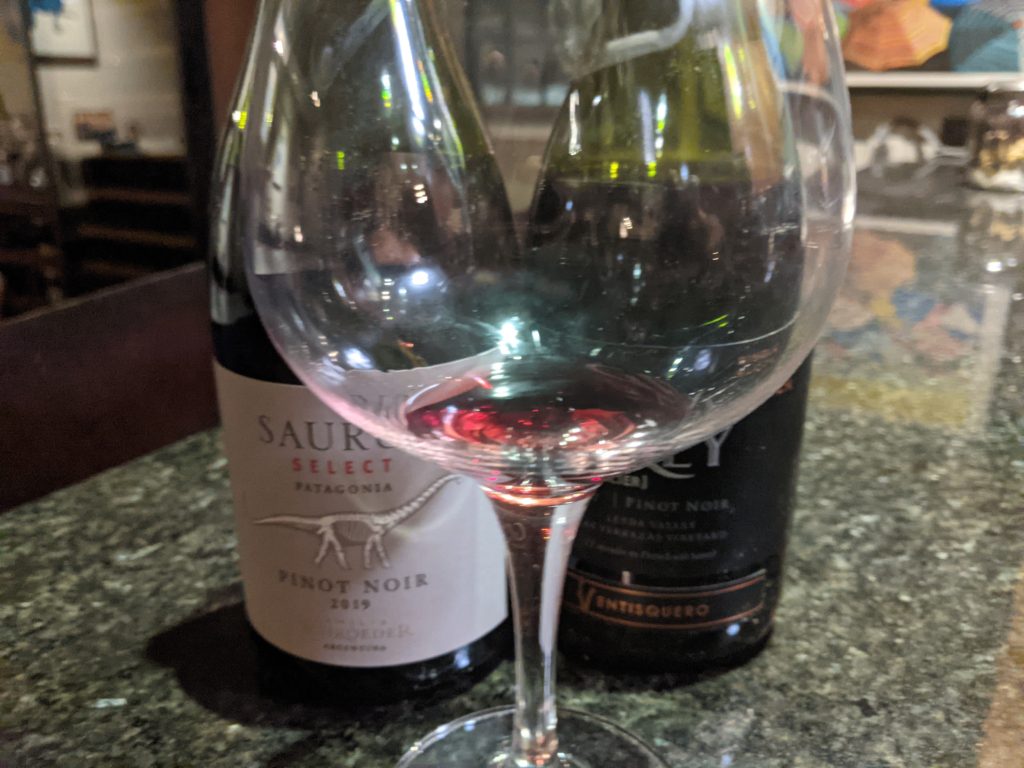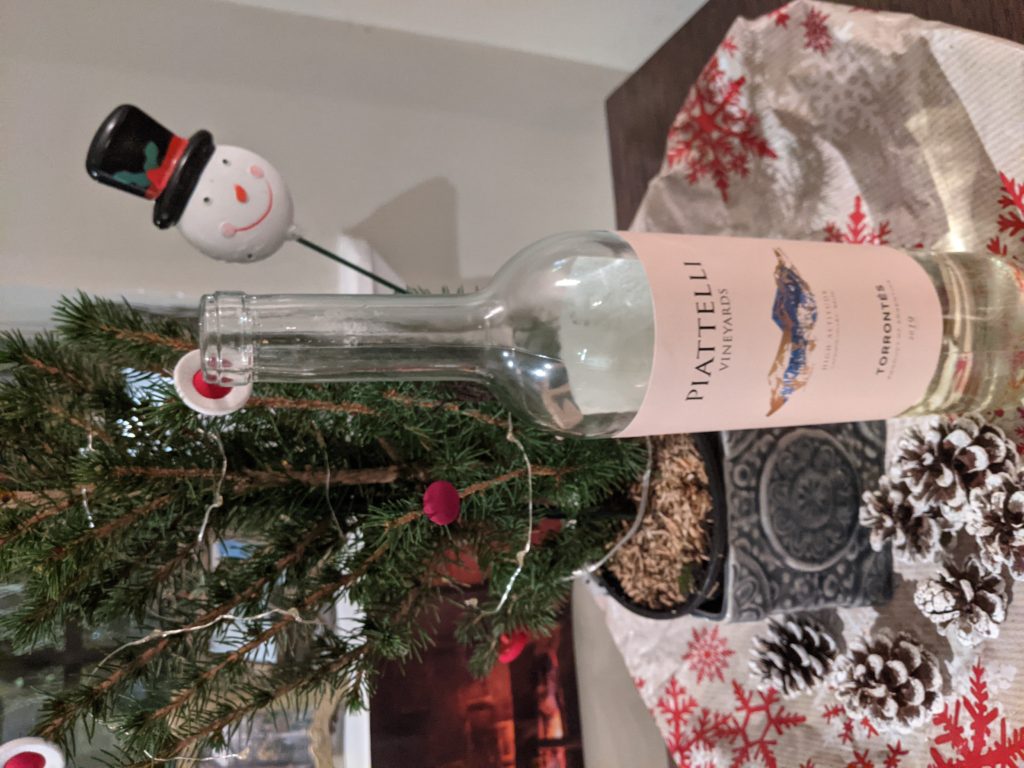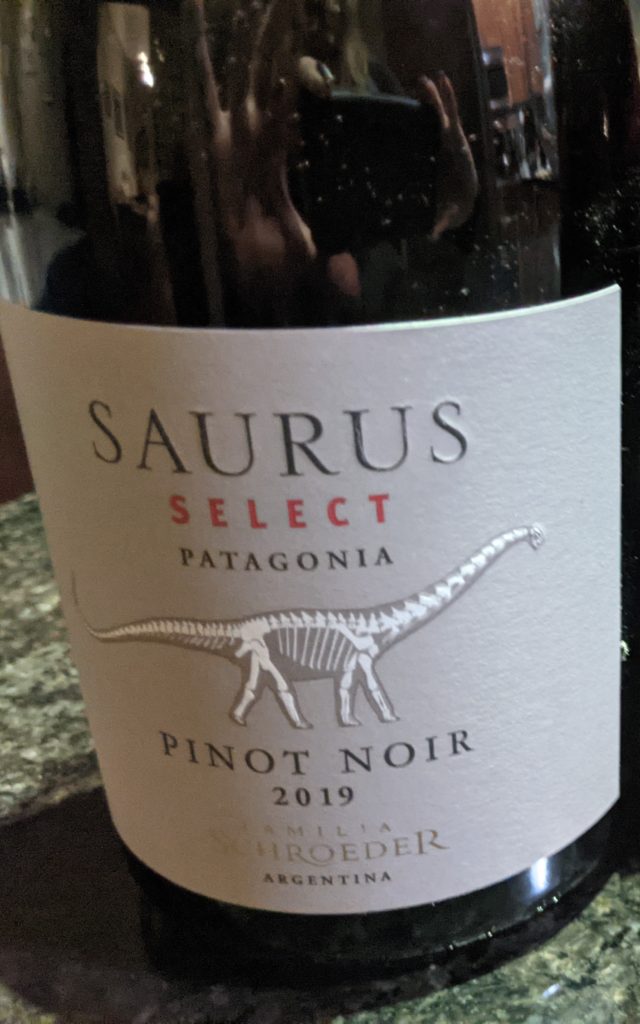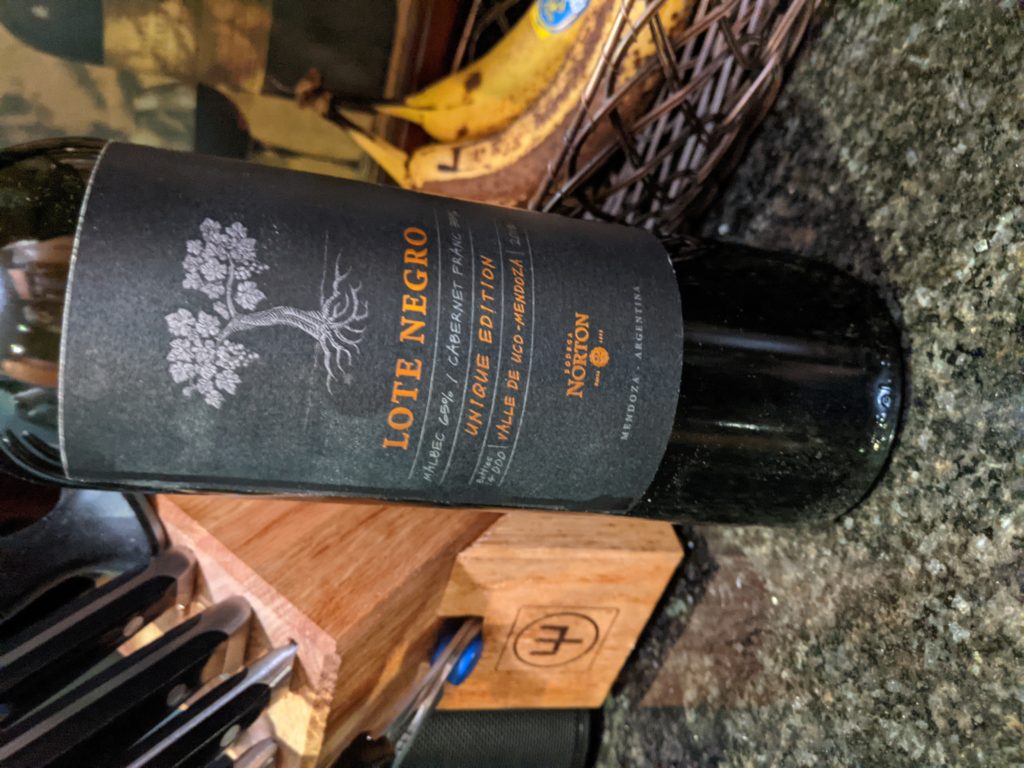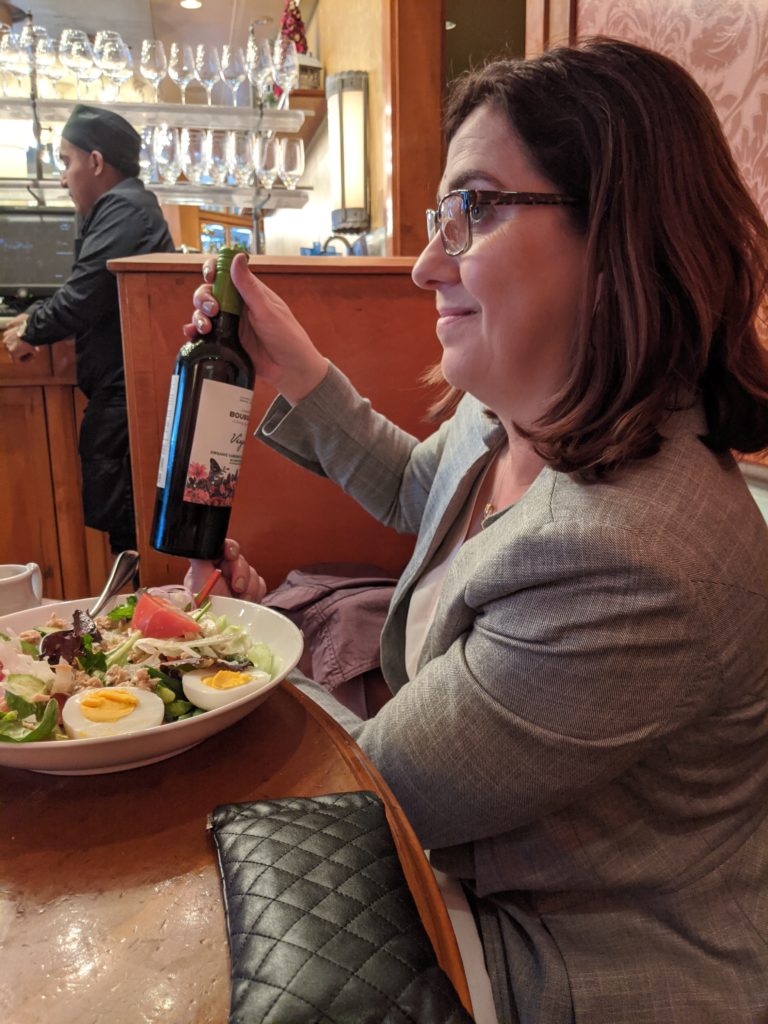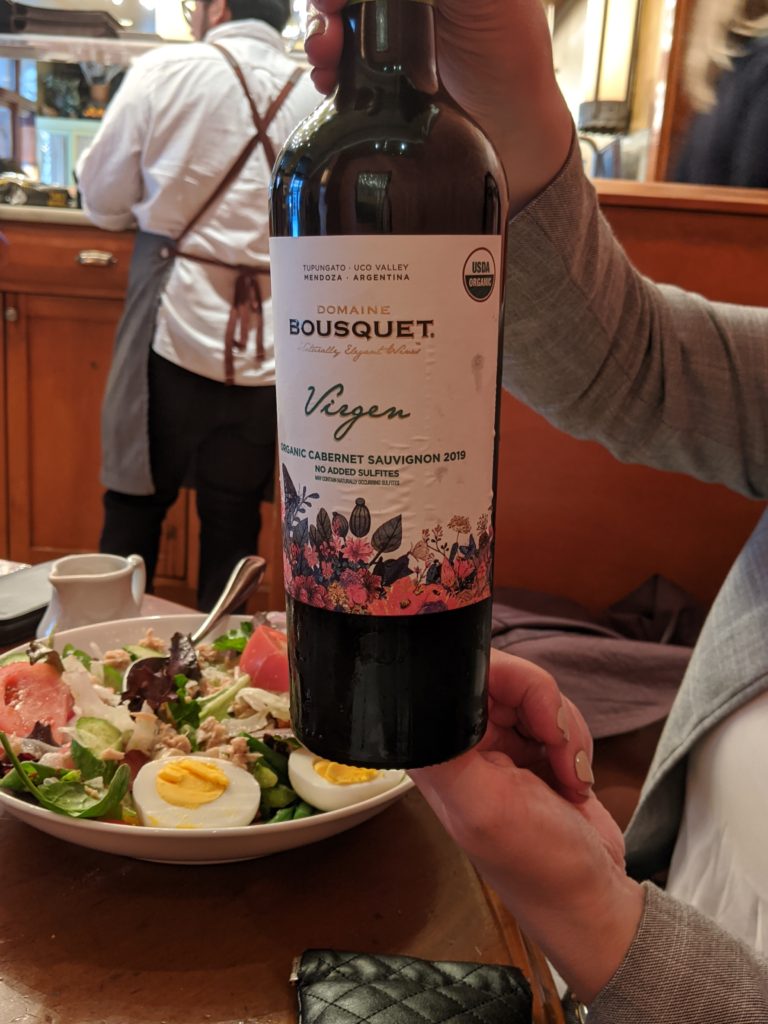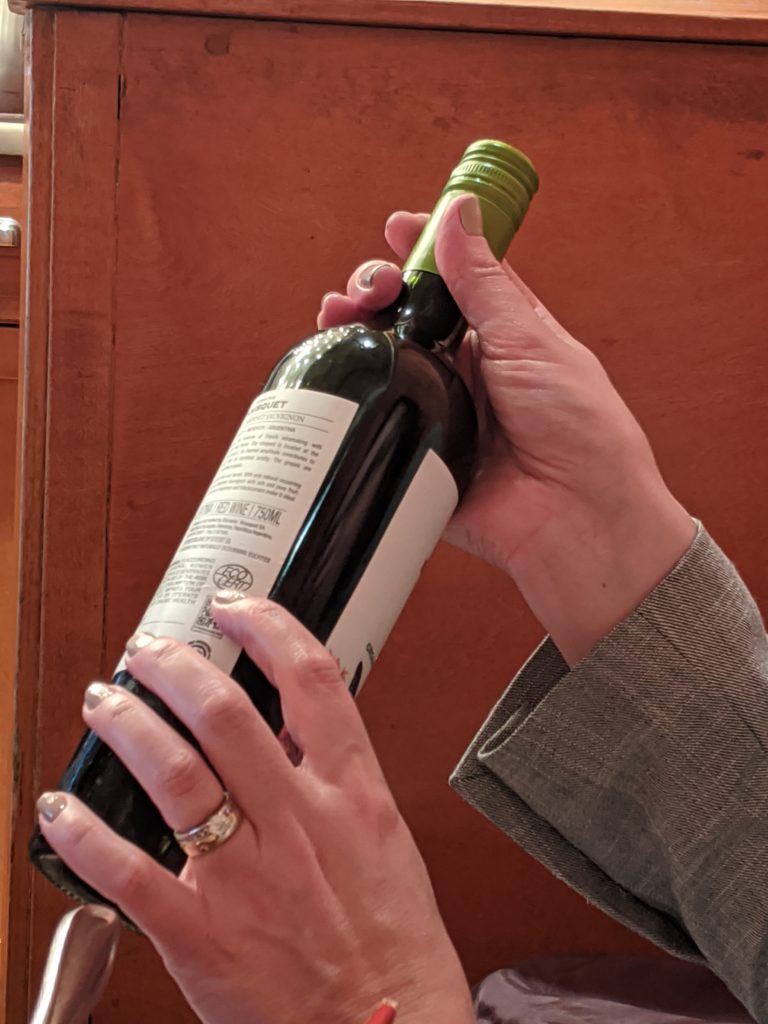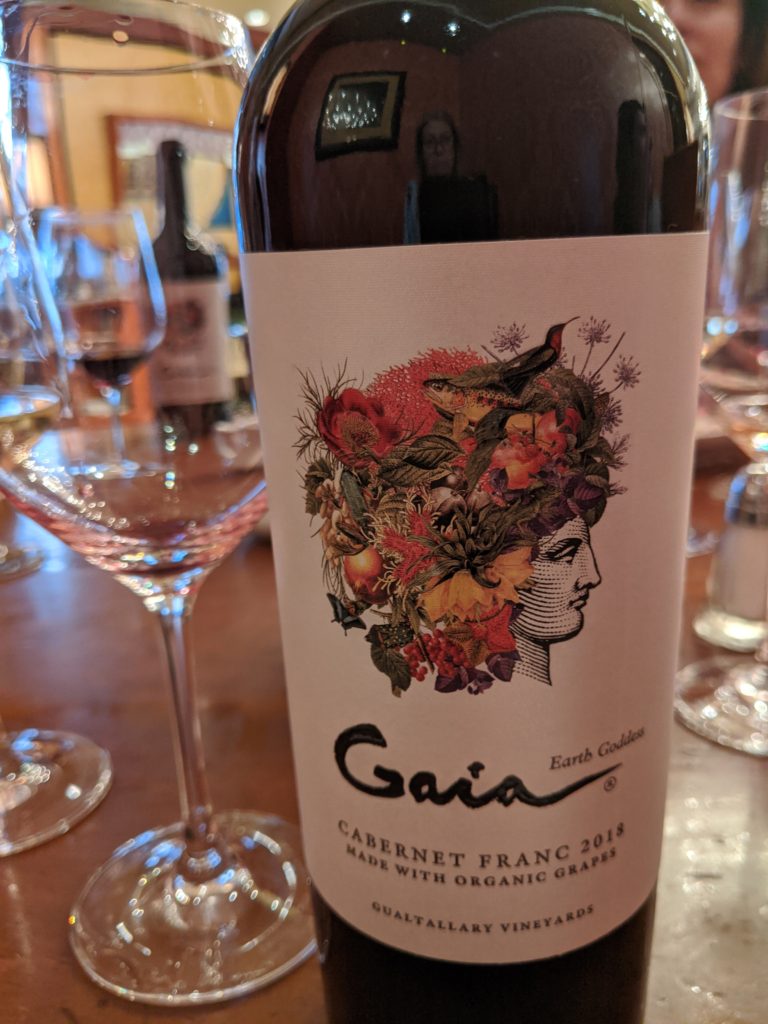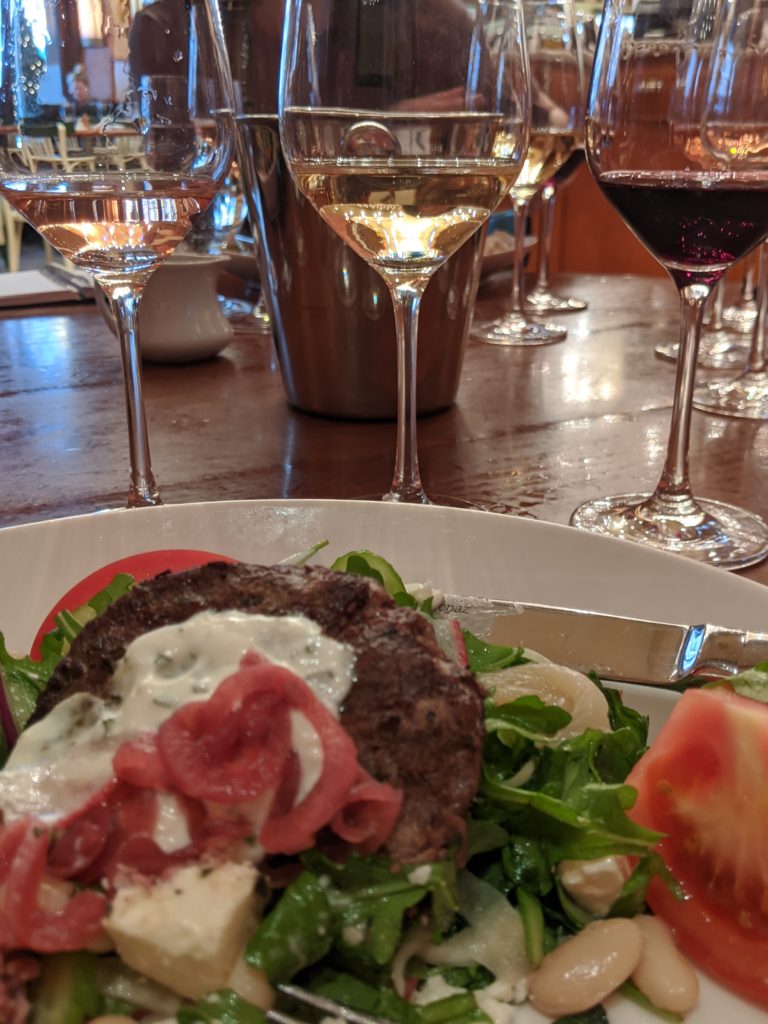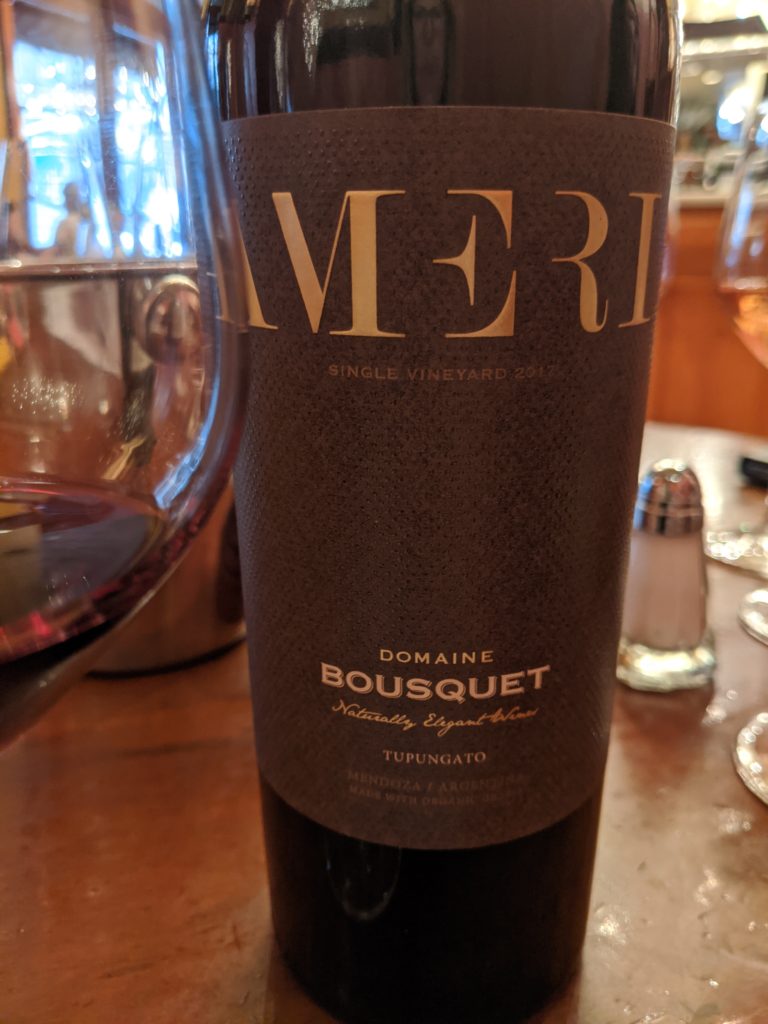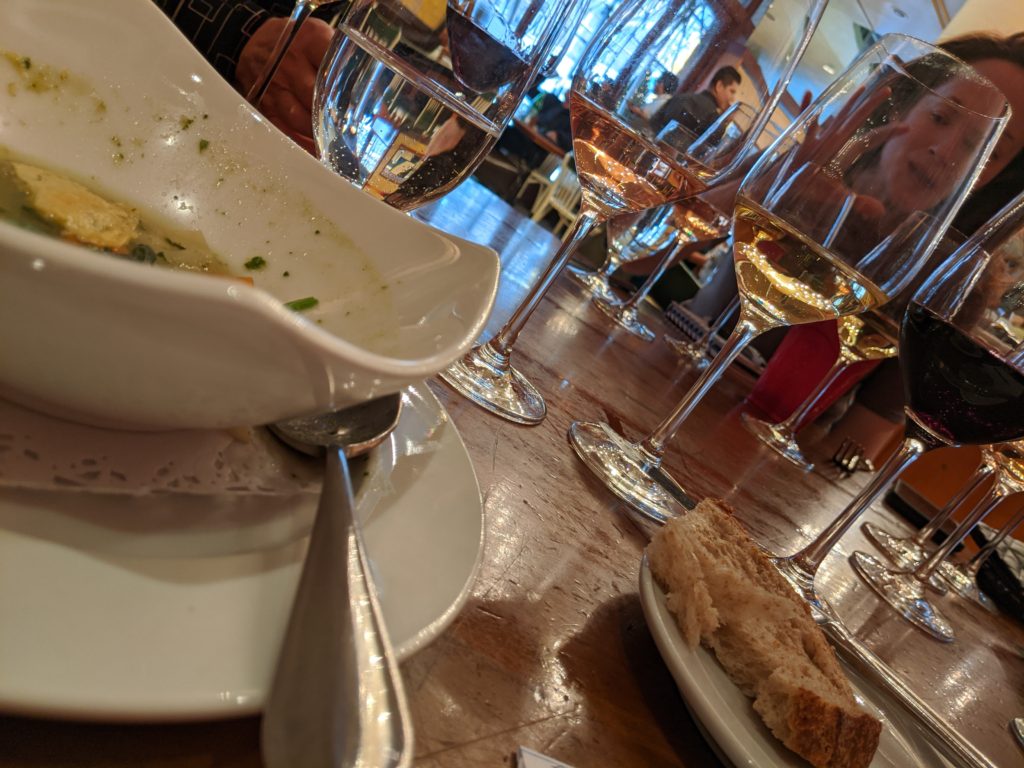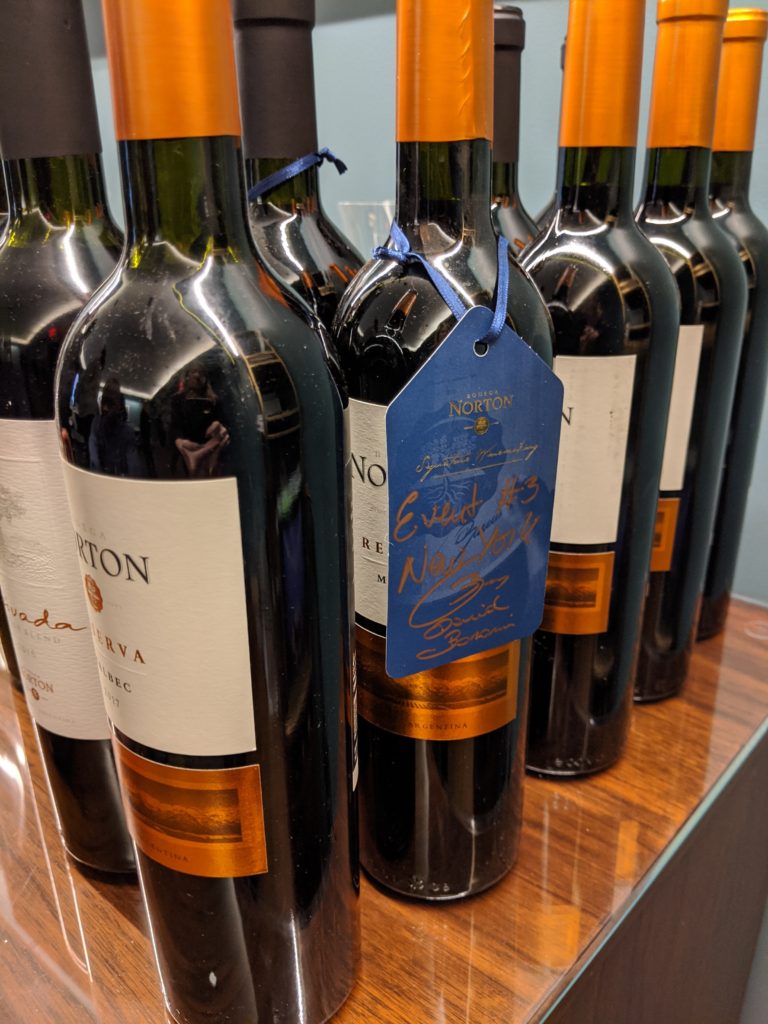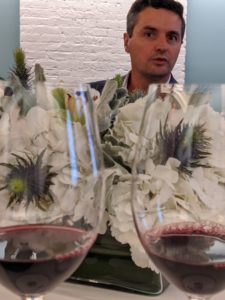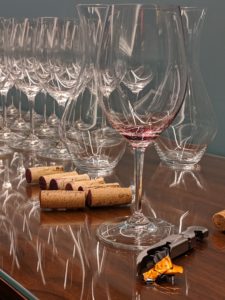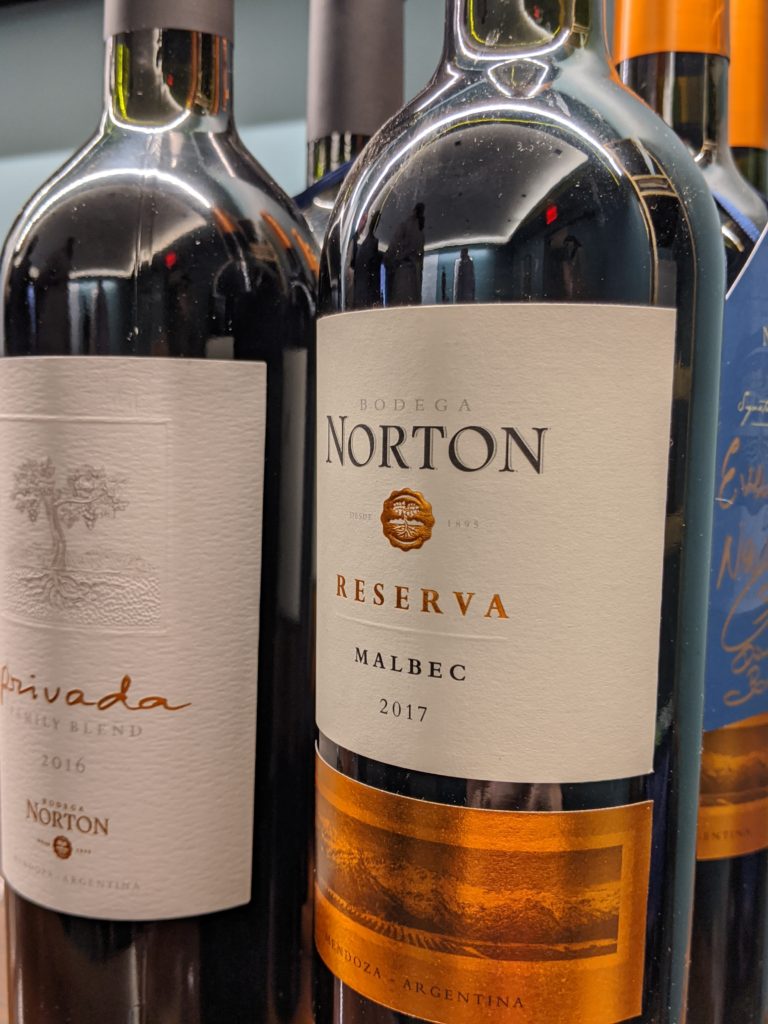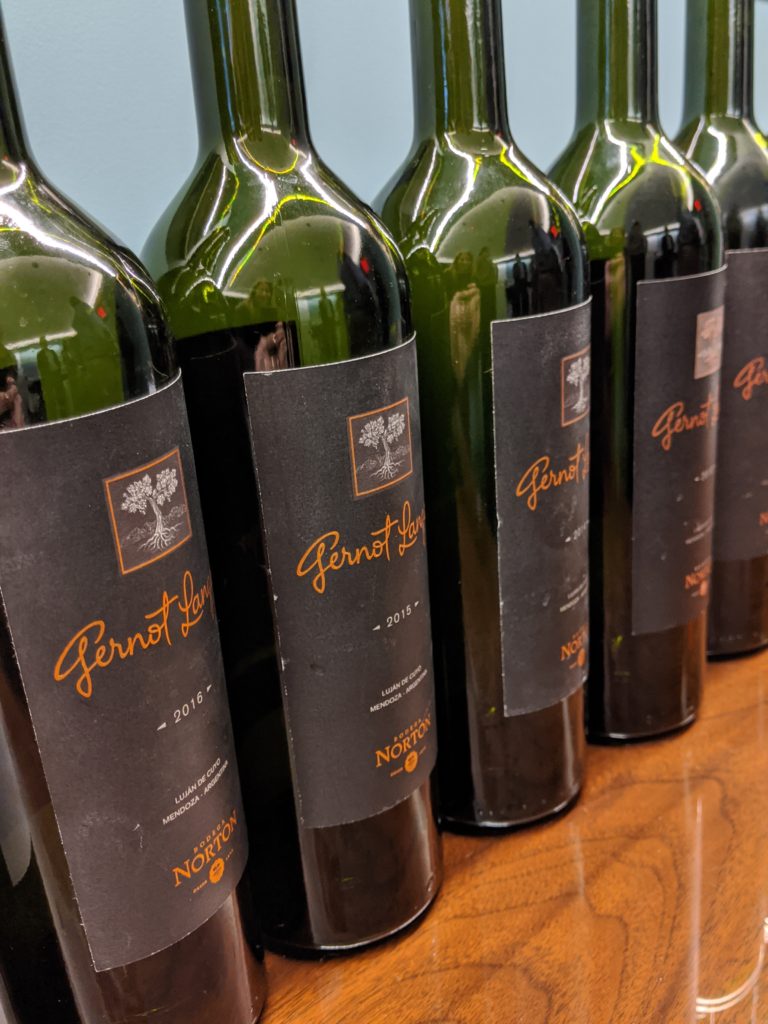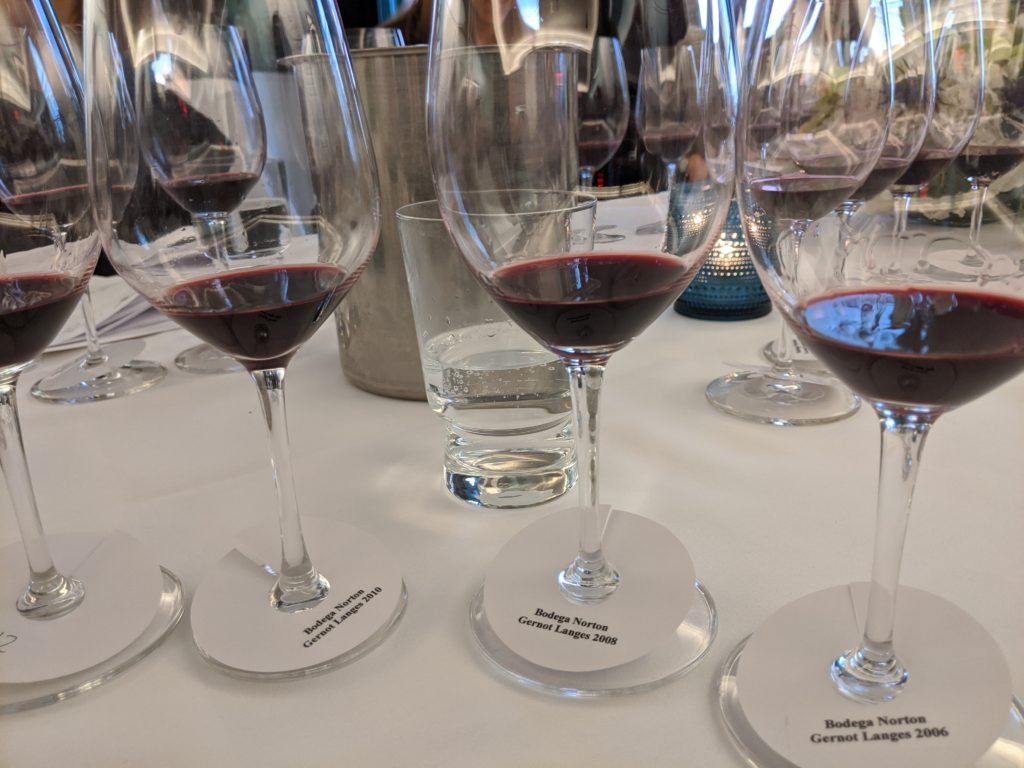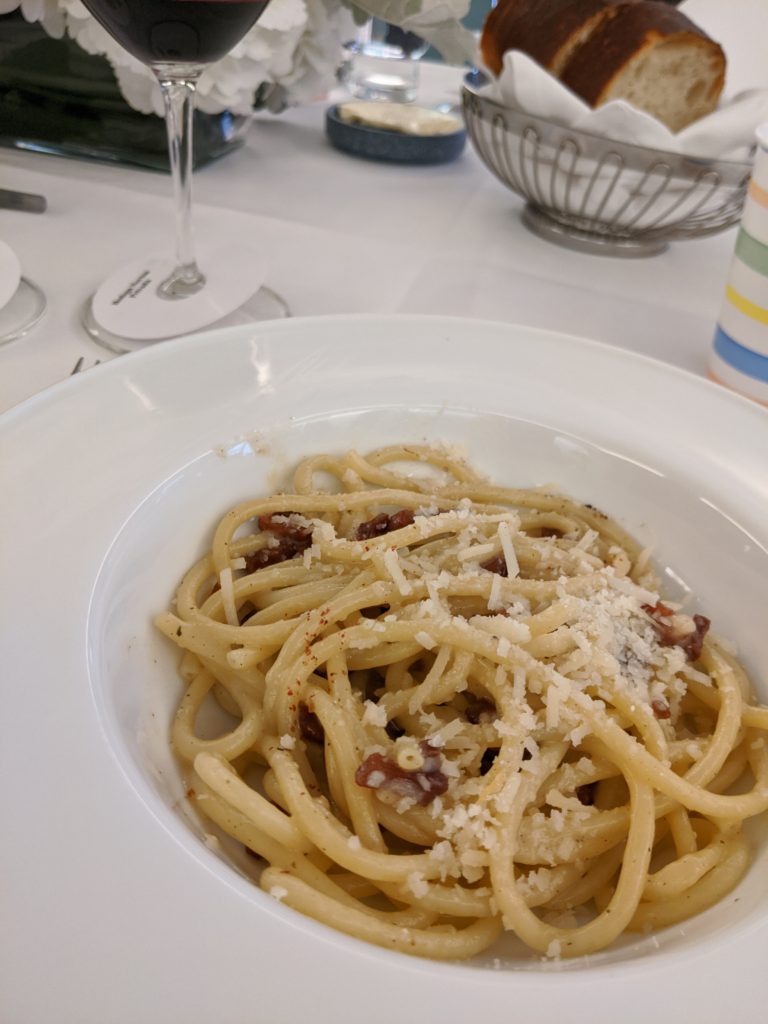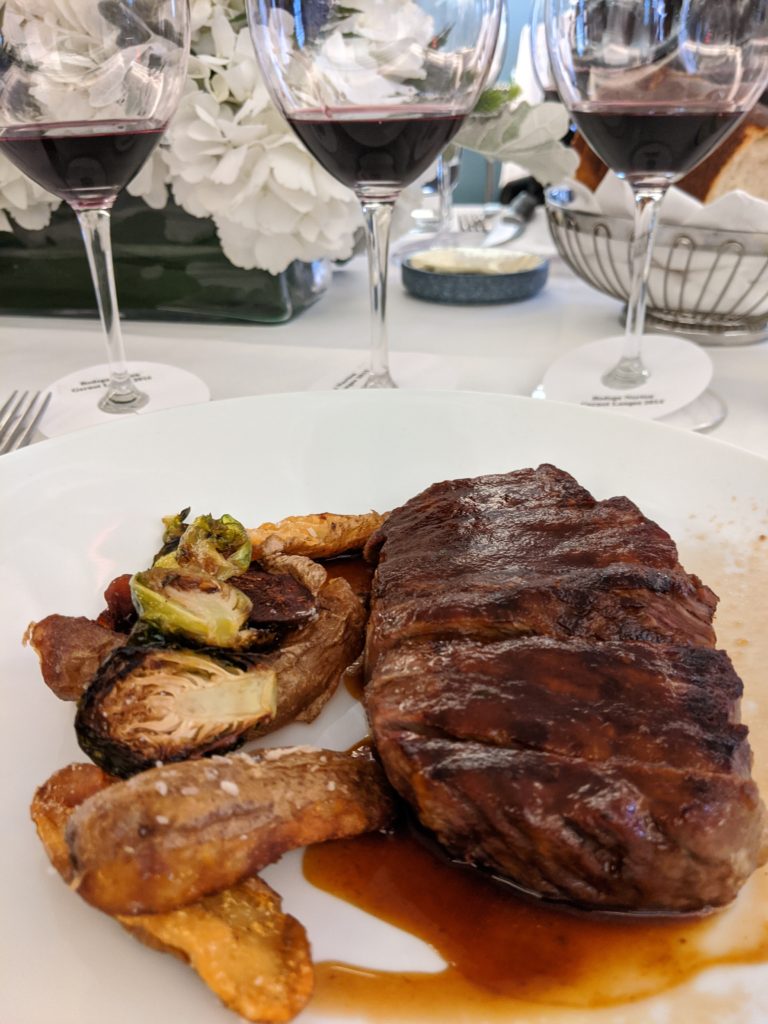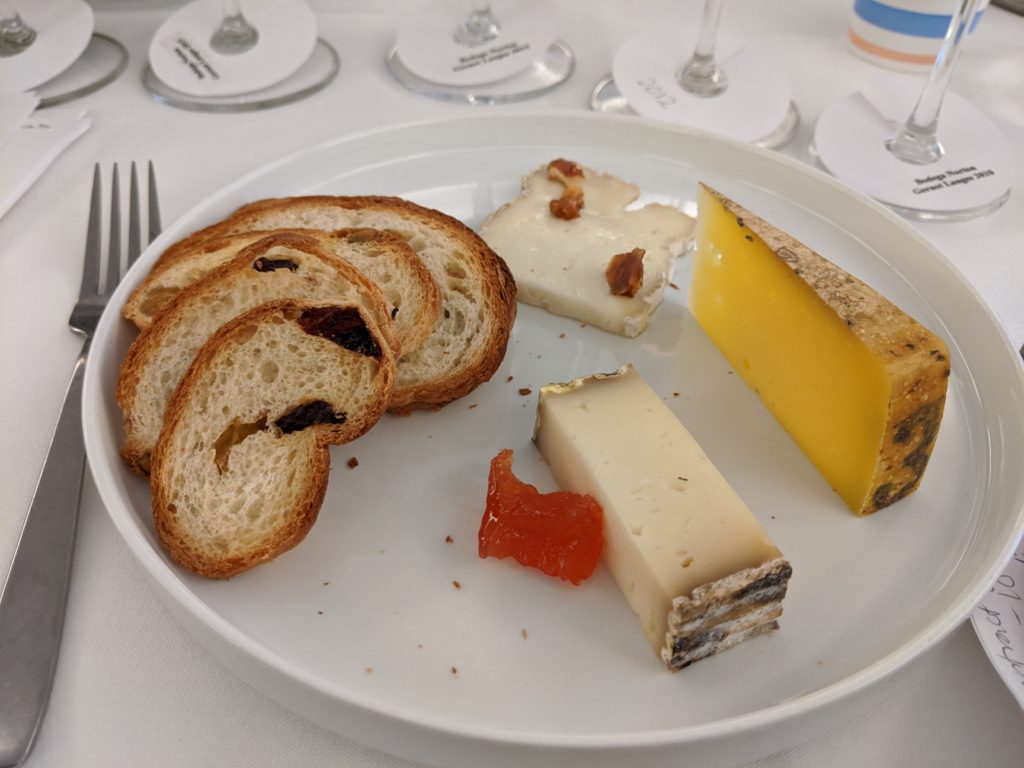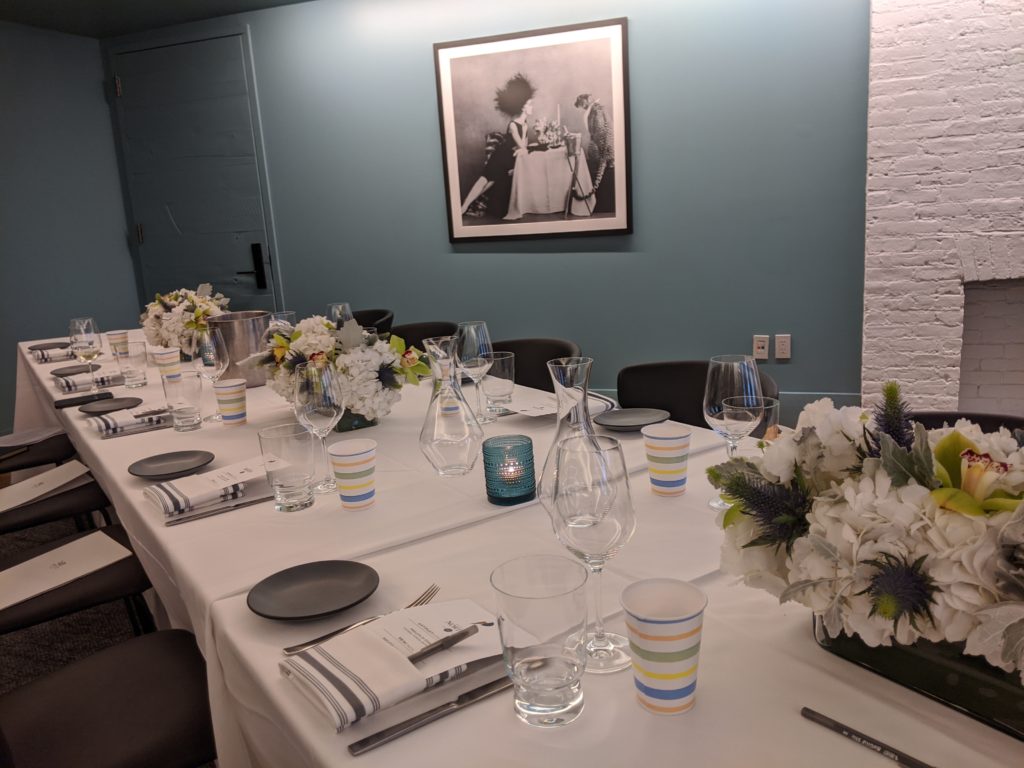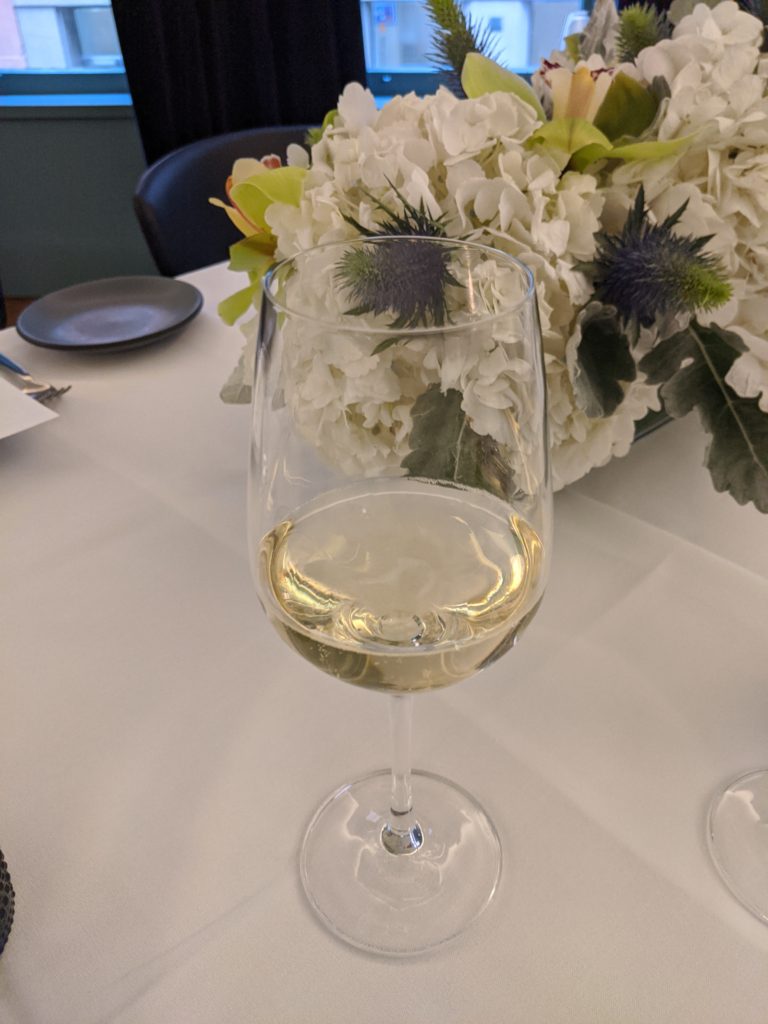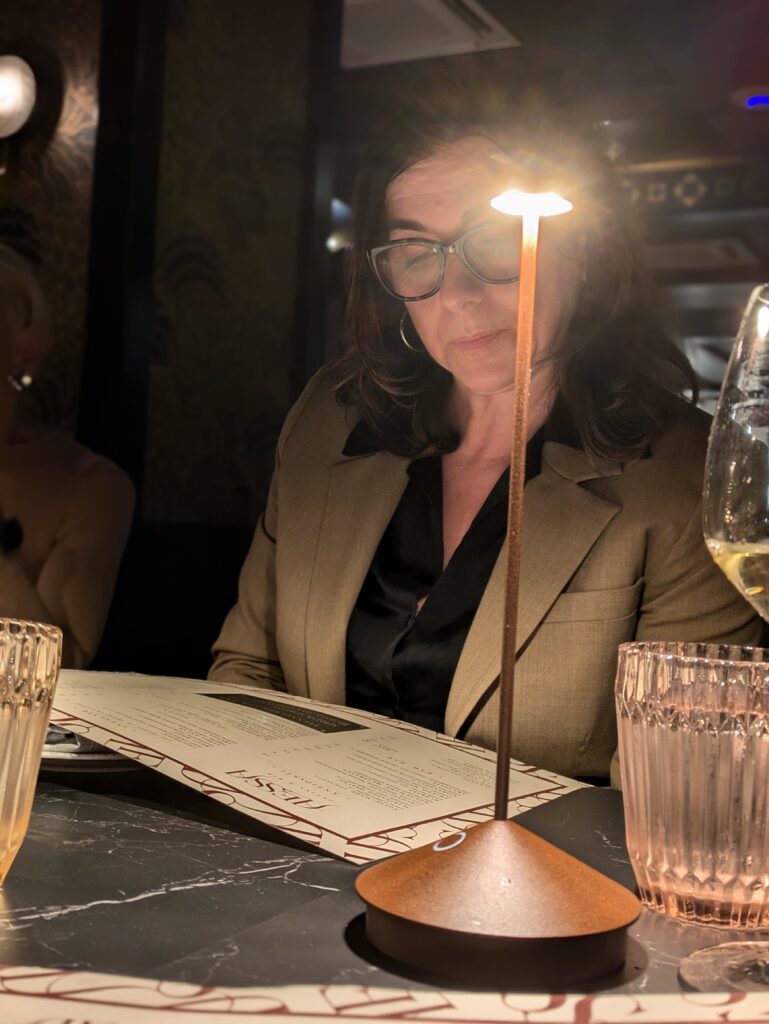
It was an absolute pleasure to reacquaint myself with Anne Bousquet and Domaine Bousquet‘s wines. When I last saw Anne, it was March 10, 2020 (see story). Little did we know it, but the world was about to fall apart. Thankfully, both Anne and I survived the pandemic and I have had the opportunity to taste her wines since then (Anne and her chief agronomist presented an informative webinar in 2021).
But, as it had been such a lengthy period since our last visit, I was excited at the prospect of seeing her in person to catch up at a press dinner in late October of this year.
During the intervening years, Anne has certainly not been idle. Domaine Bousquet has been continuing its efforts not only in producing high quality wines, but also in focusing on organic practices in the vineyard. Further, the winery in Argentina’s Uco Valley has significantly expanded its hospitality. More specifically, they established an on-site bistro, hotel and robust tasting room to welcome guests. As part of the Gaia experience, the trio ensure that they have a wonderful experience at the property.
Additionally, they have been at the forefront of the elevation of gastronomy in the region. To this end, the Michelin folks recently came to the region for the very first time, recognizing that the local restaurants are worthy of rating.
Of note, during pandemic, understandably, there was more local interest whereas previously, the visitors were all tourists. However, it seems that the locals are continuing to visit the winery.
Gathered together again — in person — Anne, the group of wine industry professionals and myself enjoyed a delicious dinner at Cucina Alessa, an Italian restaurant in midtown Manhattan.
The food was a wonderful foil for the four Bousquet wines we tasted, all of which are well balanced and food friendly. Moreover, the wines continue to be good value and, with Domaine Bousquet’s membership as a B Corp (as I had previously shared), you can feel good about supporting a company that has devoted significant time and effort to organic agriculture and sustainability, among other altruistic endeavors.
Overall, it was a fantastic evening, filled with lively conversations and, of course, great wine!
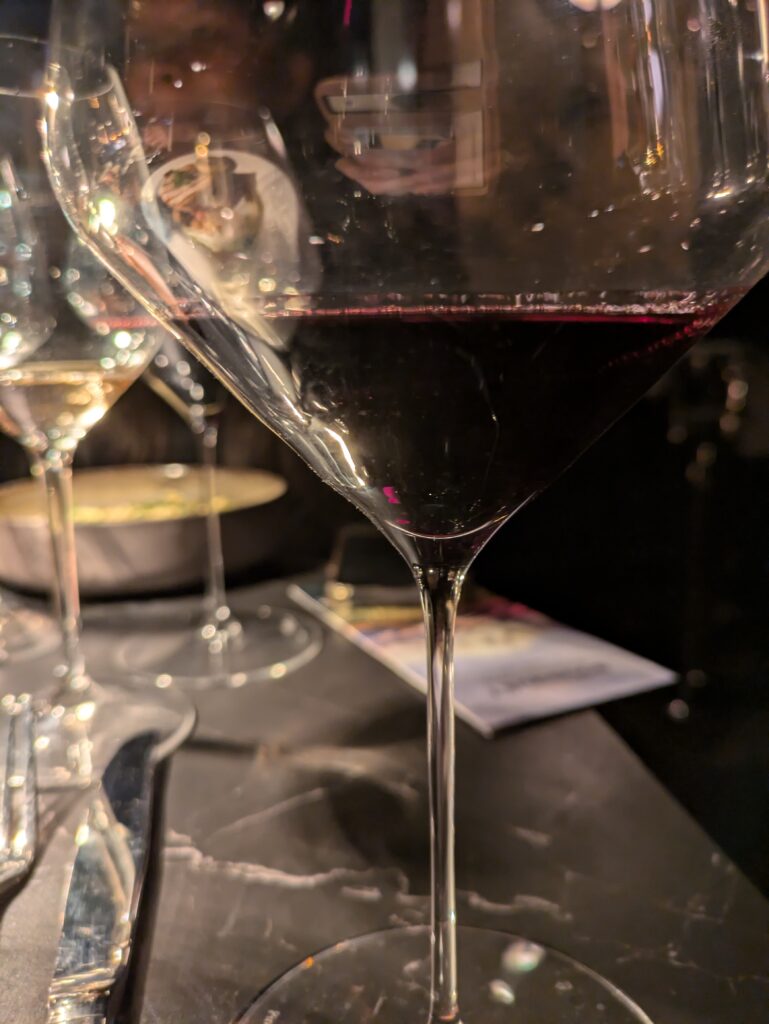
Domaine Bousquet Chardonnay Gran 2022, Mendoza, Argentina, $25.00
Produced from the very first vines planted in 2000, the vineyard is at a high altitude of 4000 ft., which helps preserve the natural acidity of the grapes. The resulting organic wine spent 12 months in barrel, 75% of which was new oak. On the nose, it is slightly nutty, with apple and vanilla notes. It has medium+ body, medium acidity and long length.
Domaine Bousquet Gaia Rose 2024, Mendoza, Argentina, $20.00
The Gaia line is named for the Greek goddess of the Earth. This rose is produced from 100% Pinot Noir and is very fresh with great acidity. Notes of strawberries and cherries dominate the nose and palate, culminating in long length.
Virgen Vineyards USDA Organic Malbec 2023, Mendoza, Argentina, $13.00
Virgen was Domaine Bousquet’s first line without added sulfites and is USDA-certified, vegan and organic. Admittedly, Anne was initially worried about crafting these wines since the addition of small amount of sulfites provides protection to the wine. However, they have proven to be hearty on their own. Made from Argentina’s signature grape, Malbec, the wine was light and fresh, with berries, medium body, beautiful acidity and good length.
Domaine Bousquet Ameri Red Blend 2021, Mendoza, Argentina, $ 36.00
As Domaine Bousquet’s premium red blend, Ameri is made only in the best vintages, from grapes harvested from a “single cluster,” within a single certified-organic vineyard that stands at 4,125 ft, the highest elevation on the estate. The 2021 is comprised of 60% Malbec, 30% Cabernet Sauvignon, 5% Merlot and 5% Syrah. It offers up an intense nose of black fruit, slight oak and spice, along with a full-bodied palate with medium+ acidity and finishing with very long length.
Spice, black berry
Very long length

